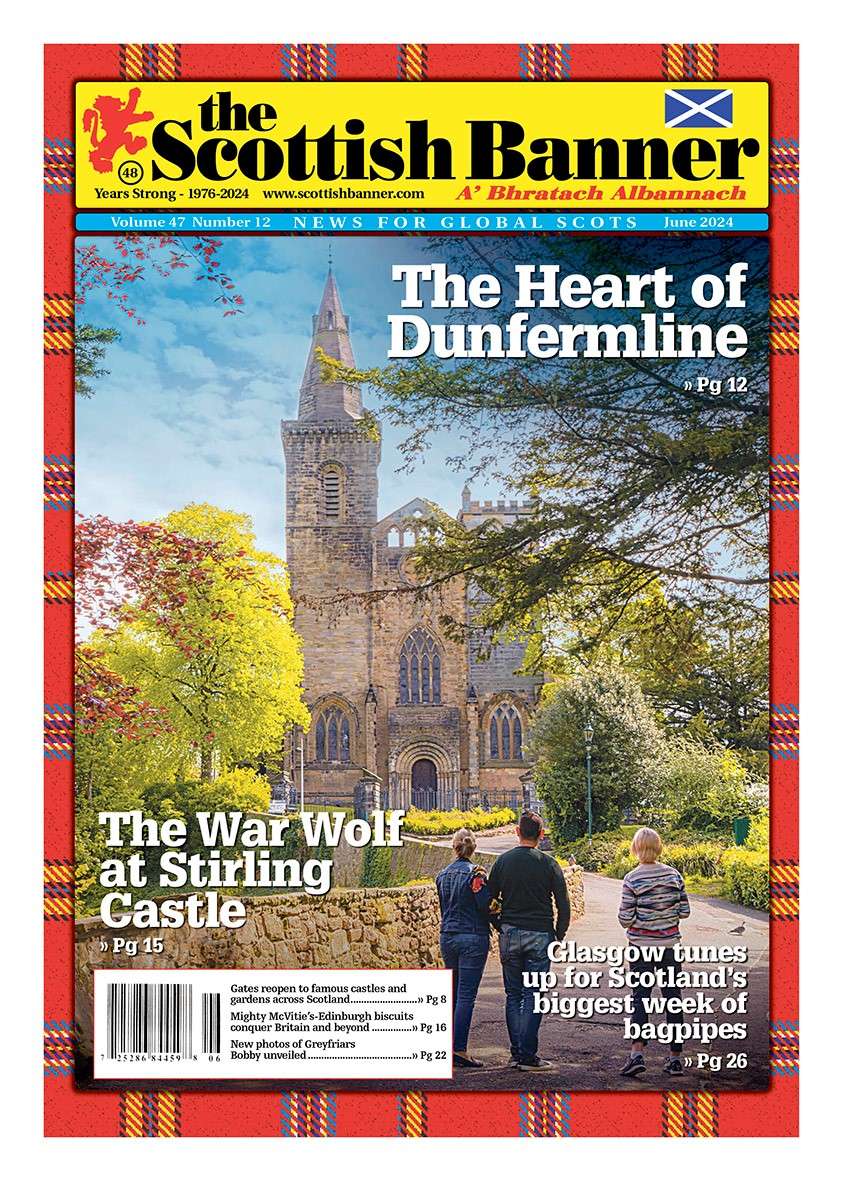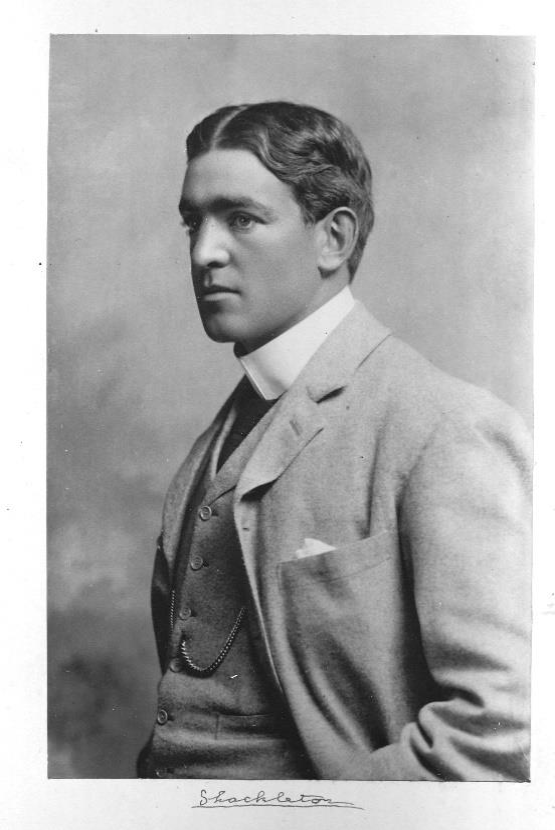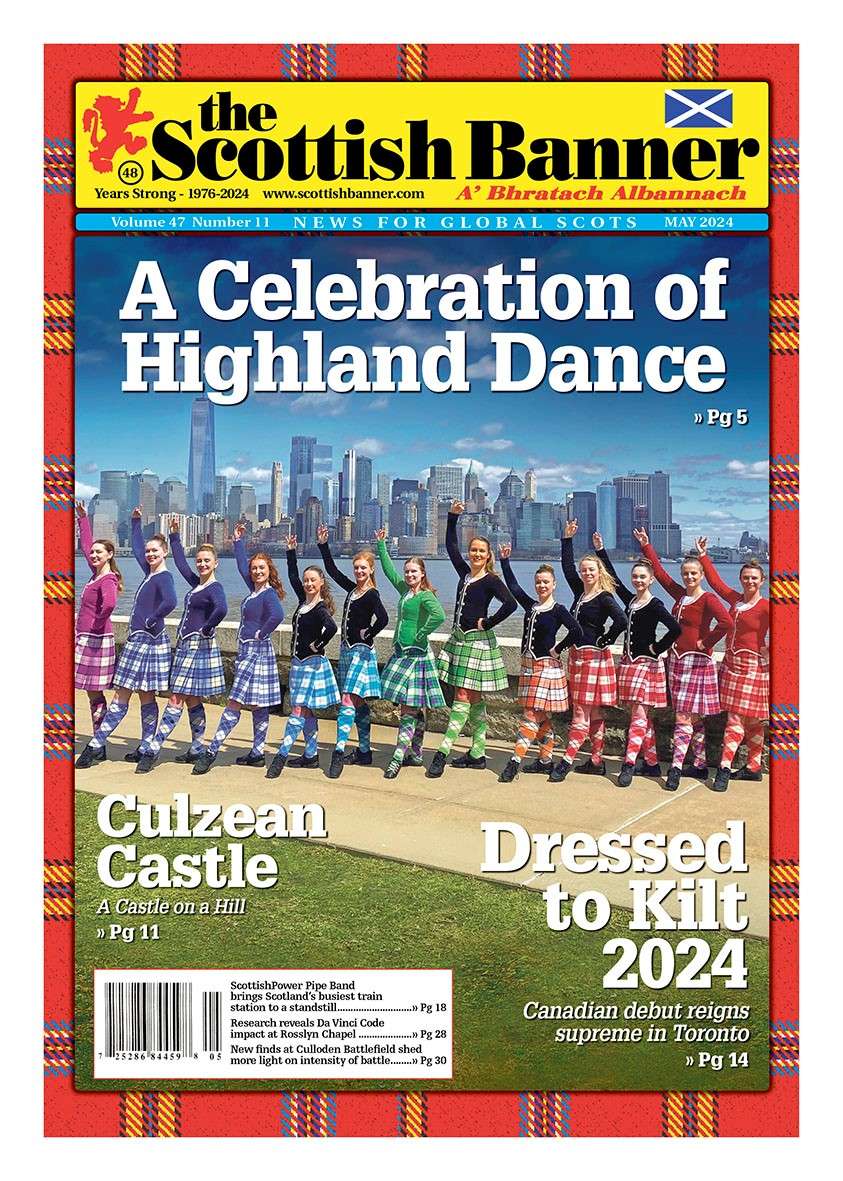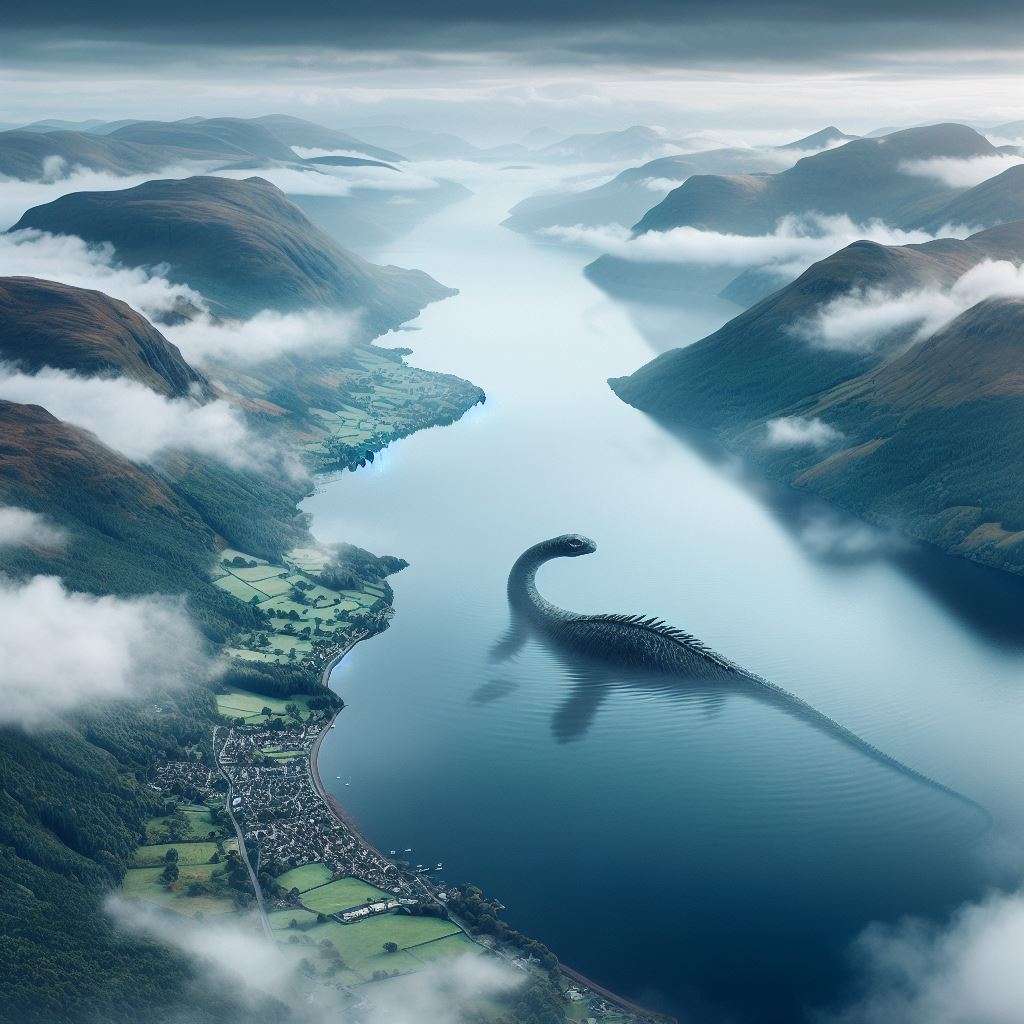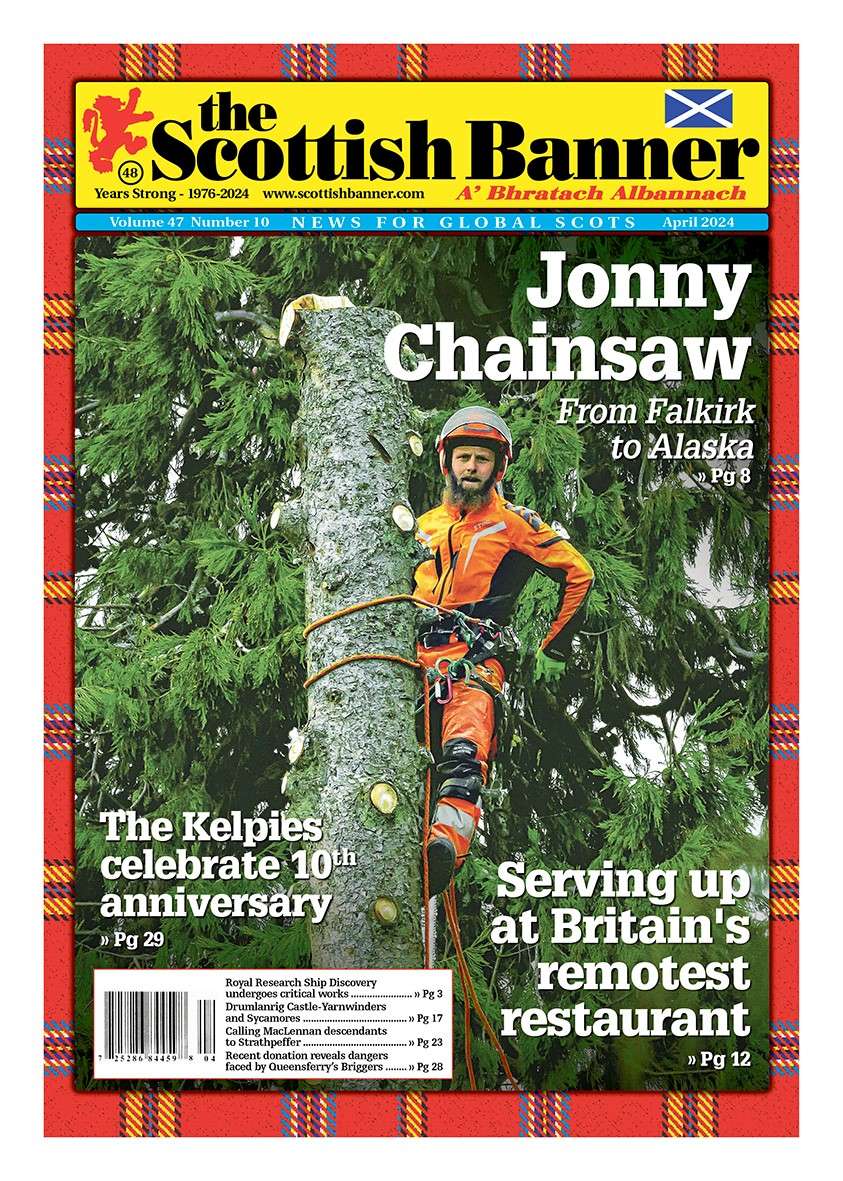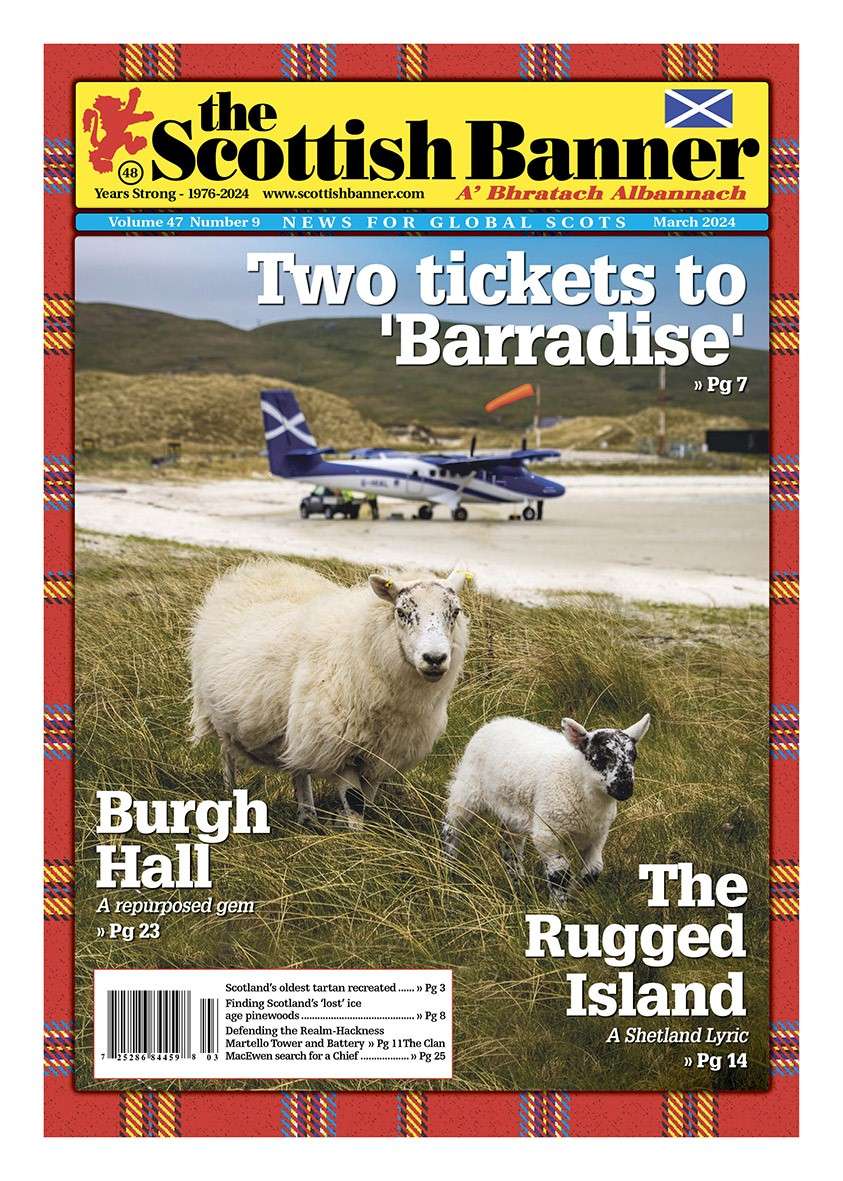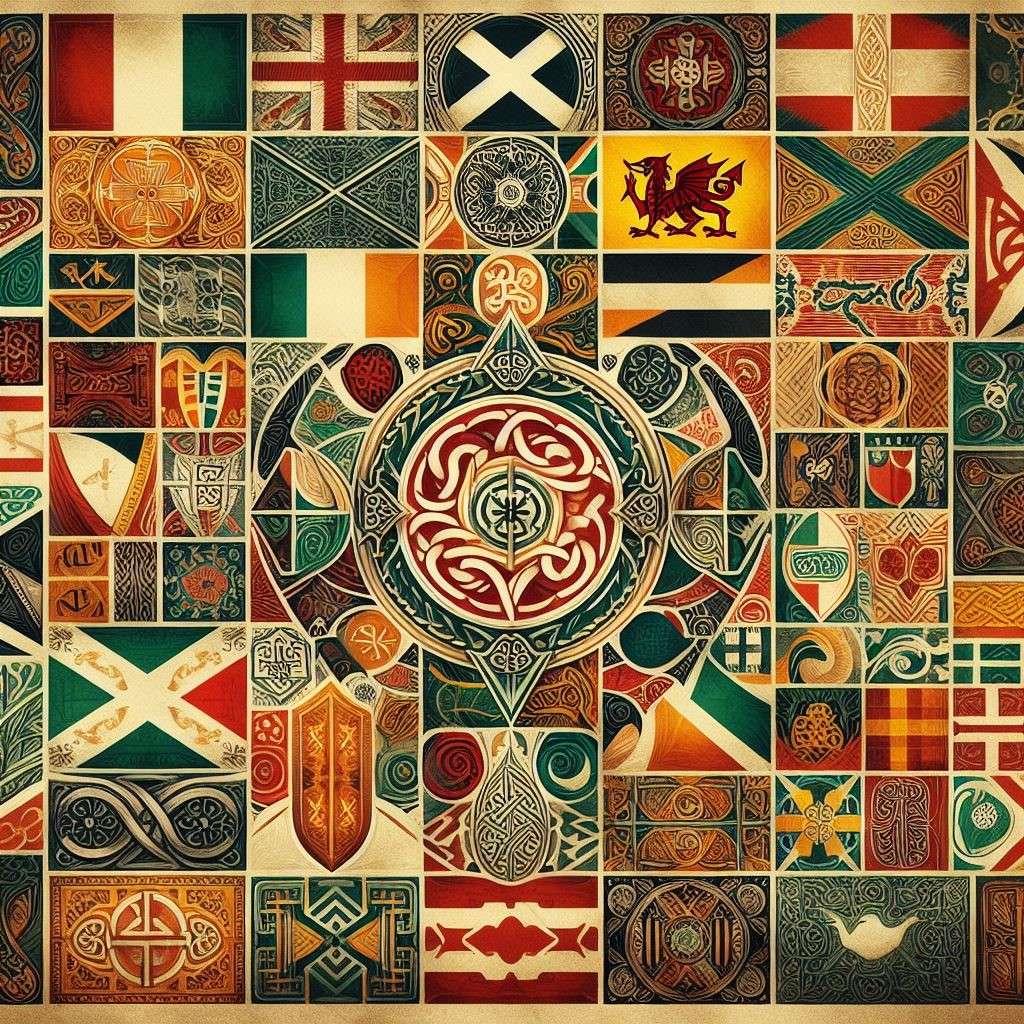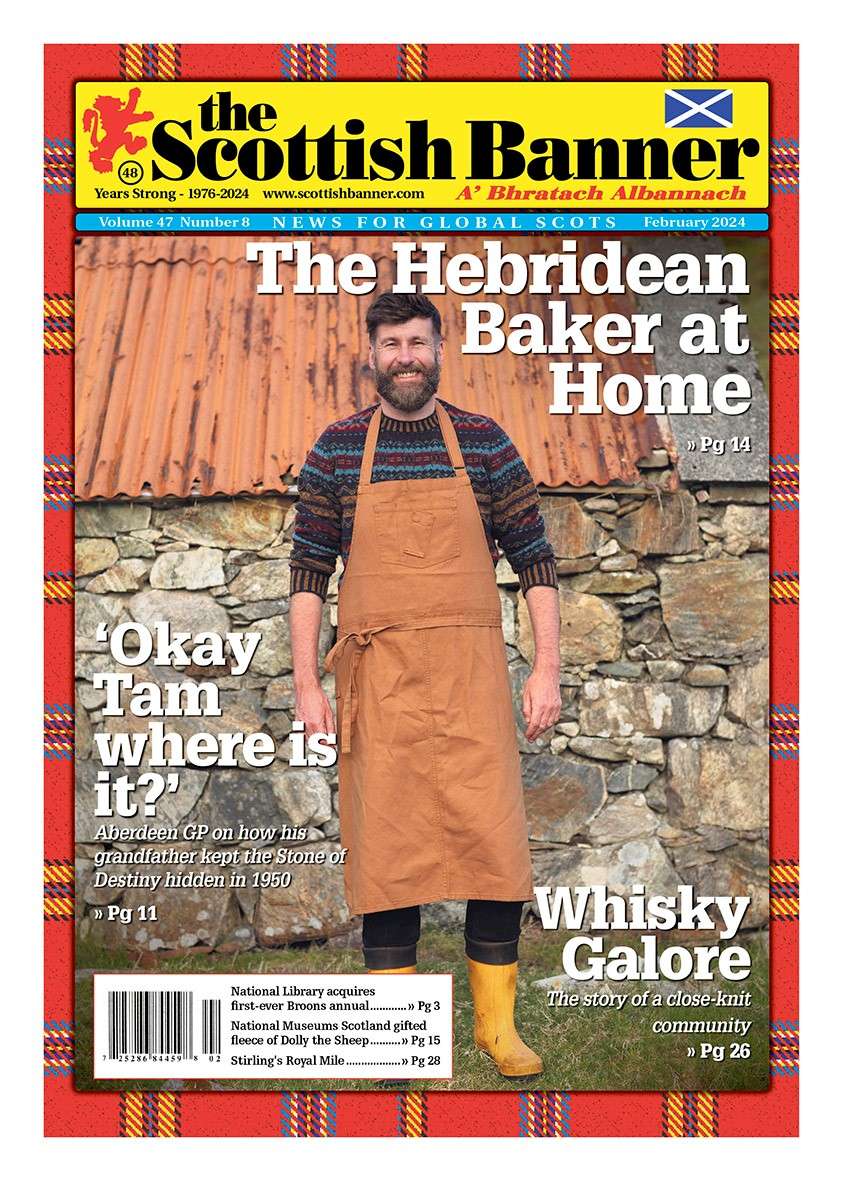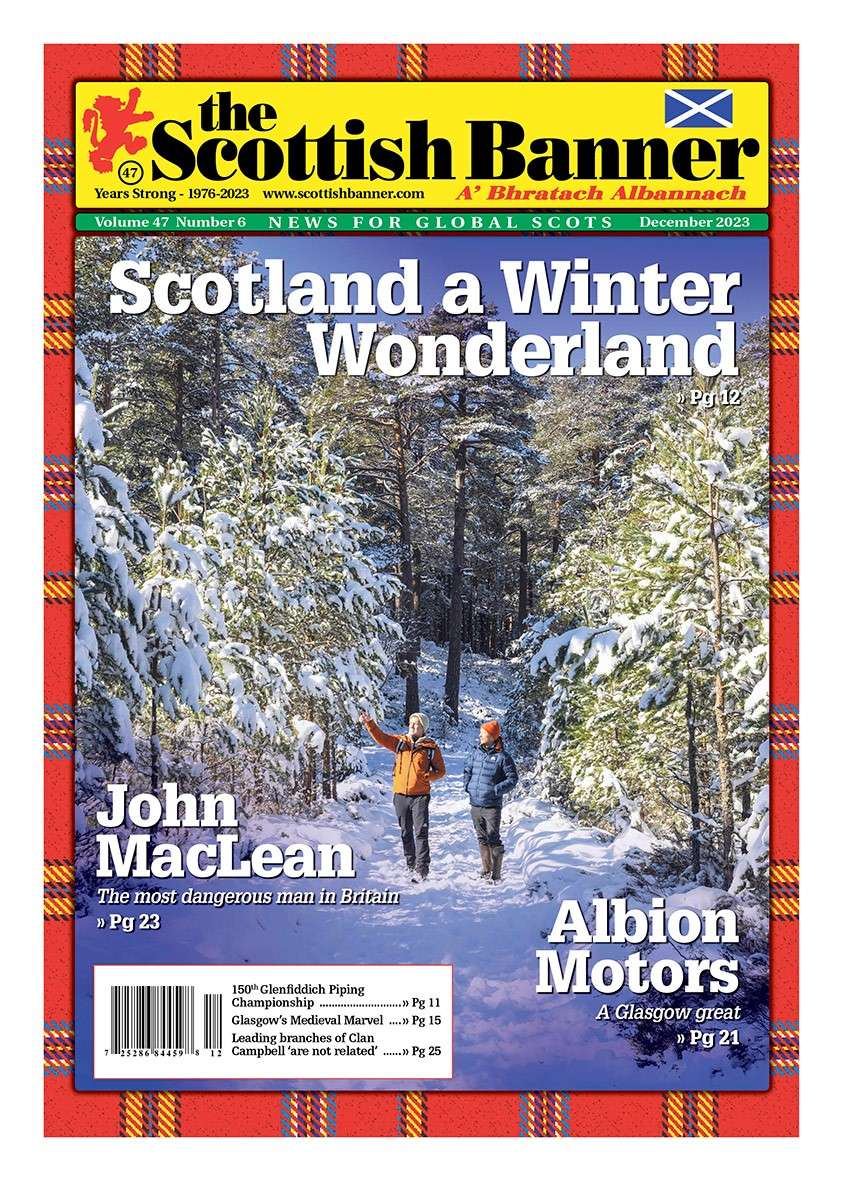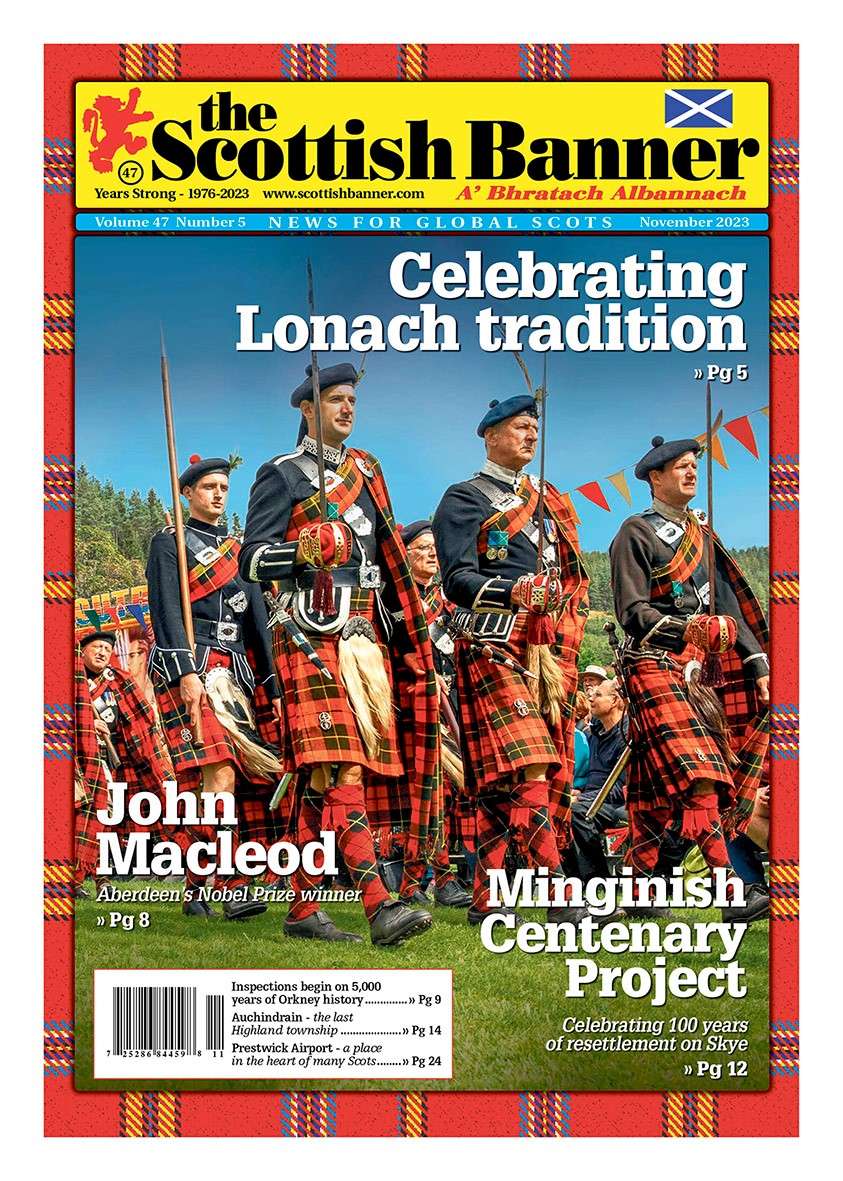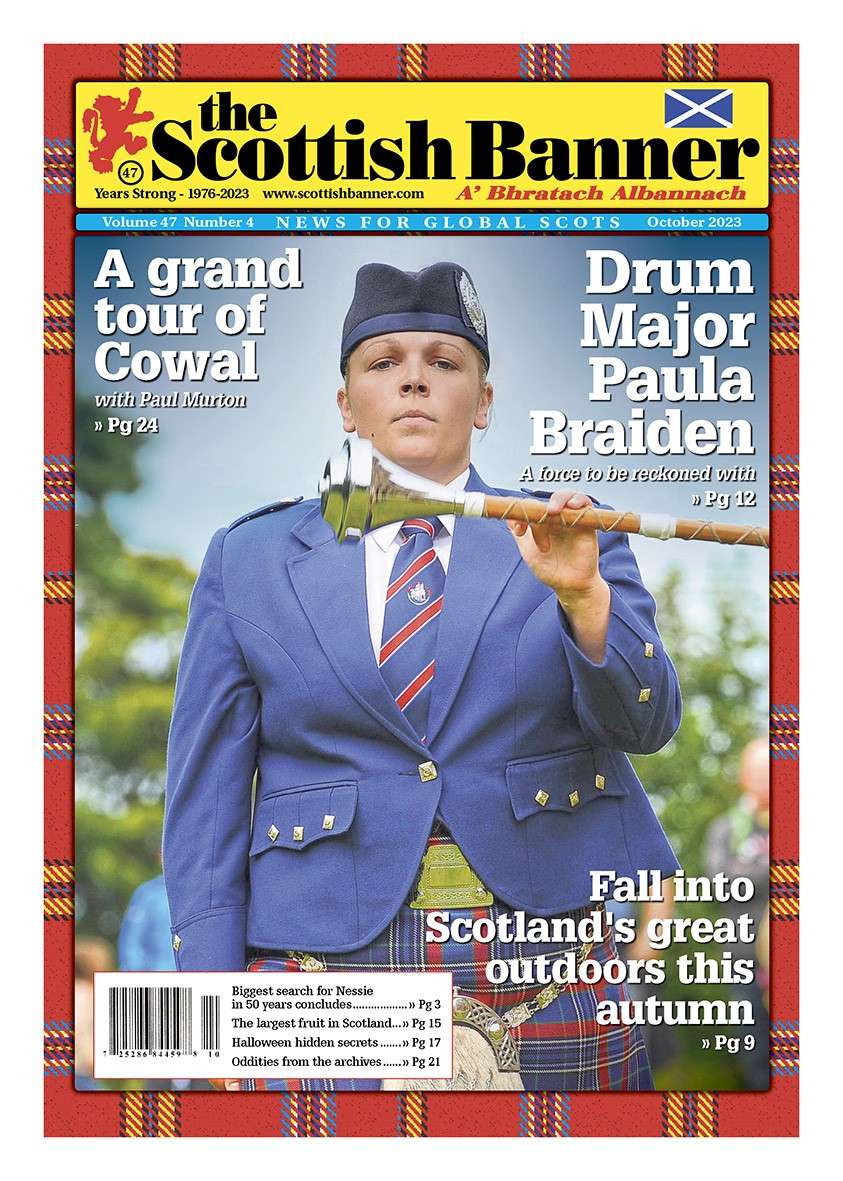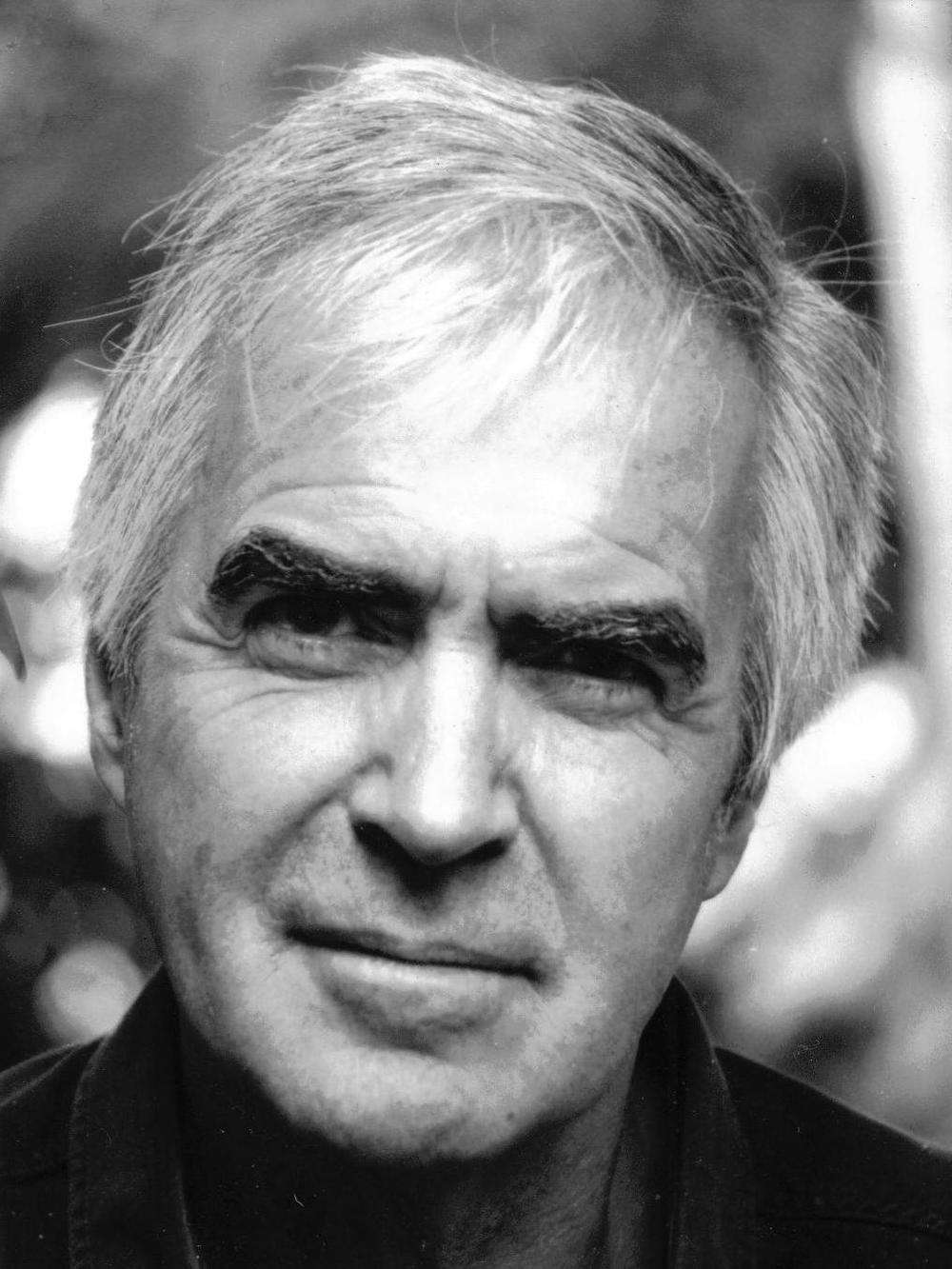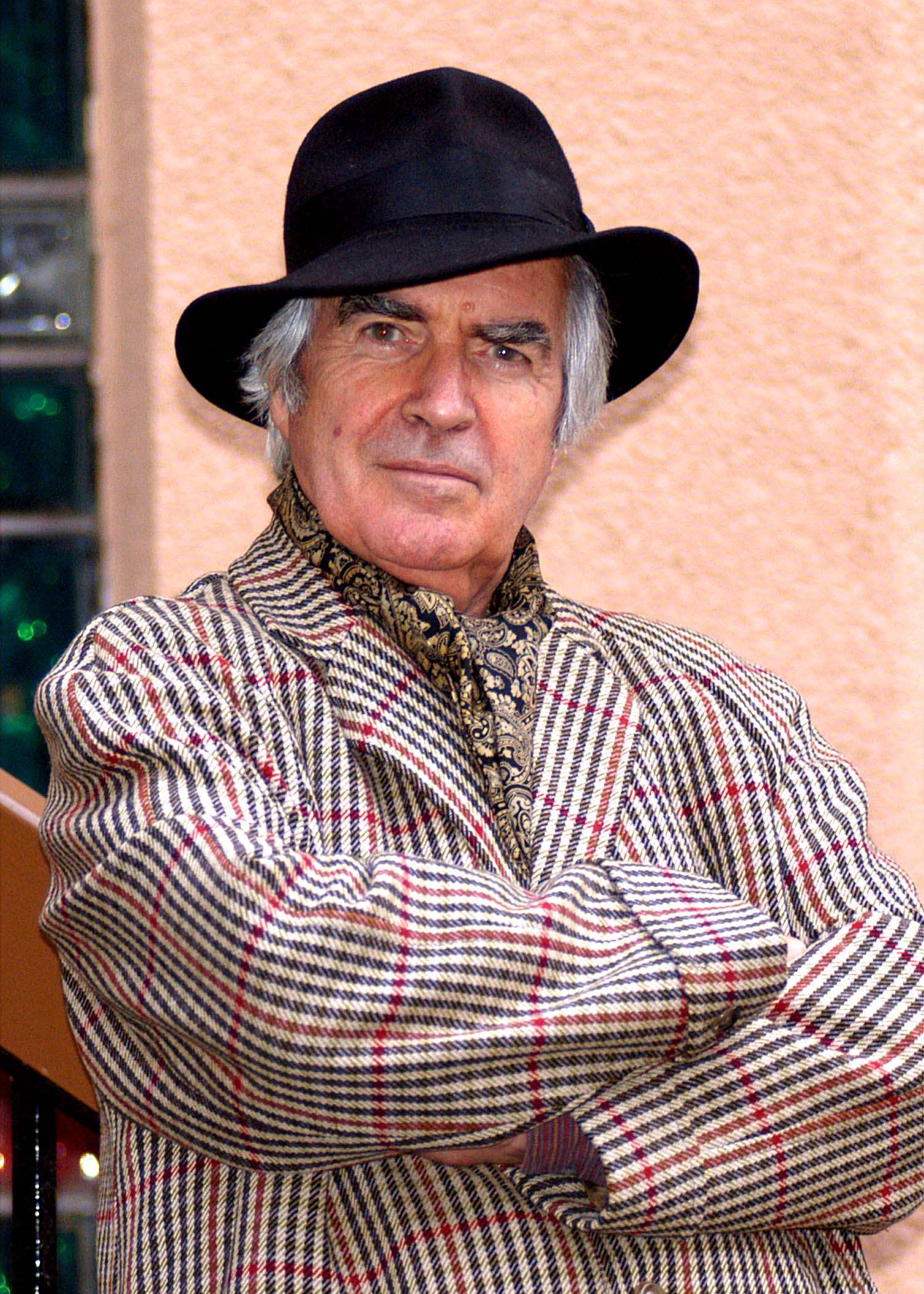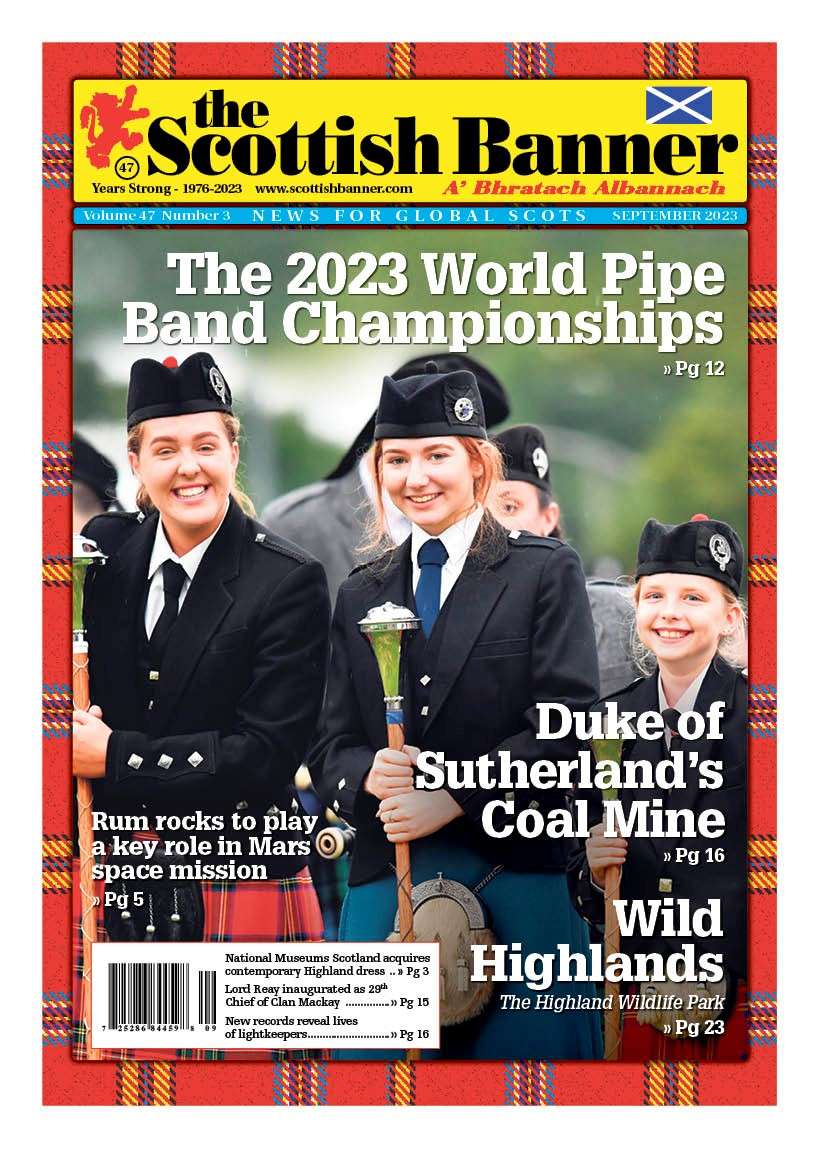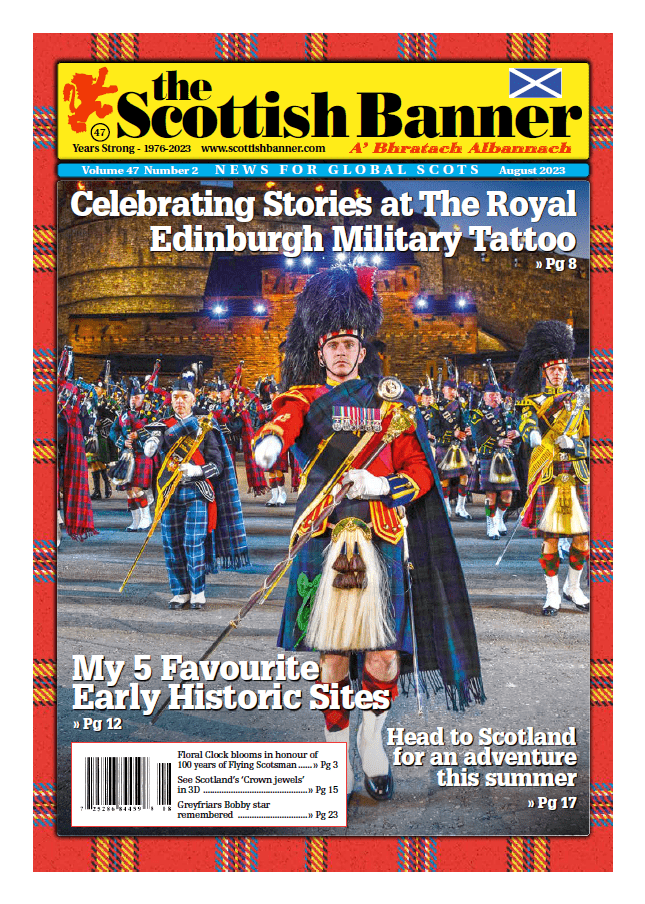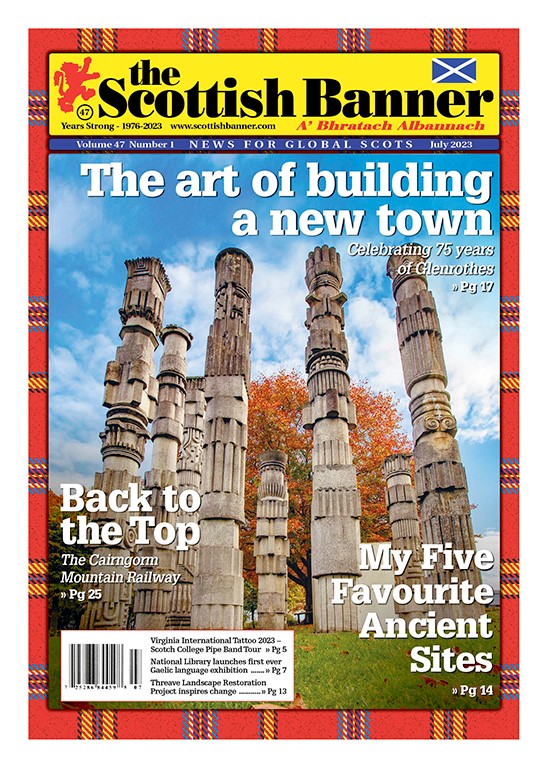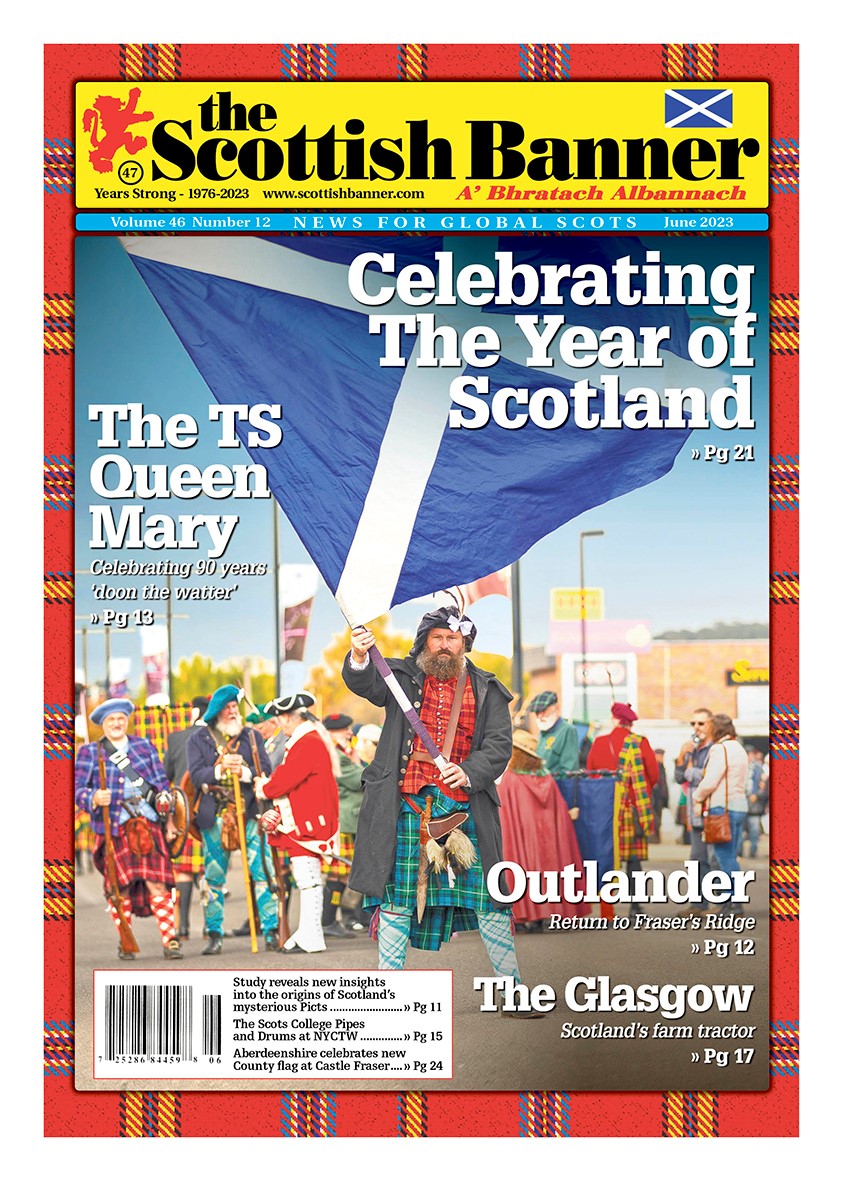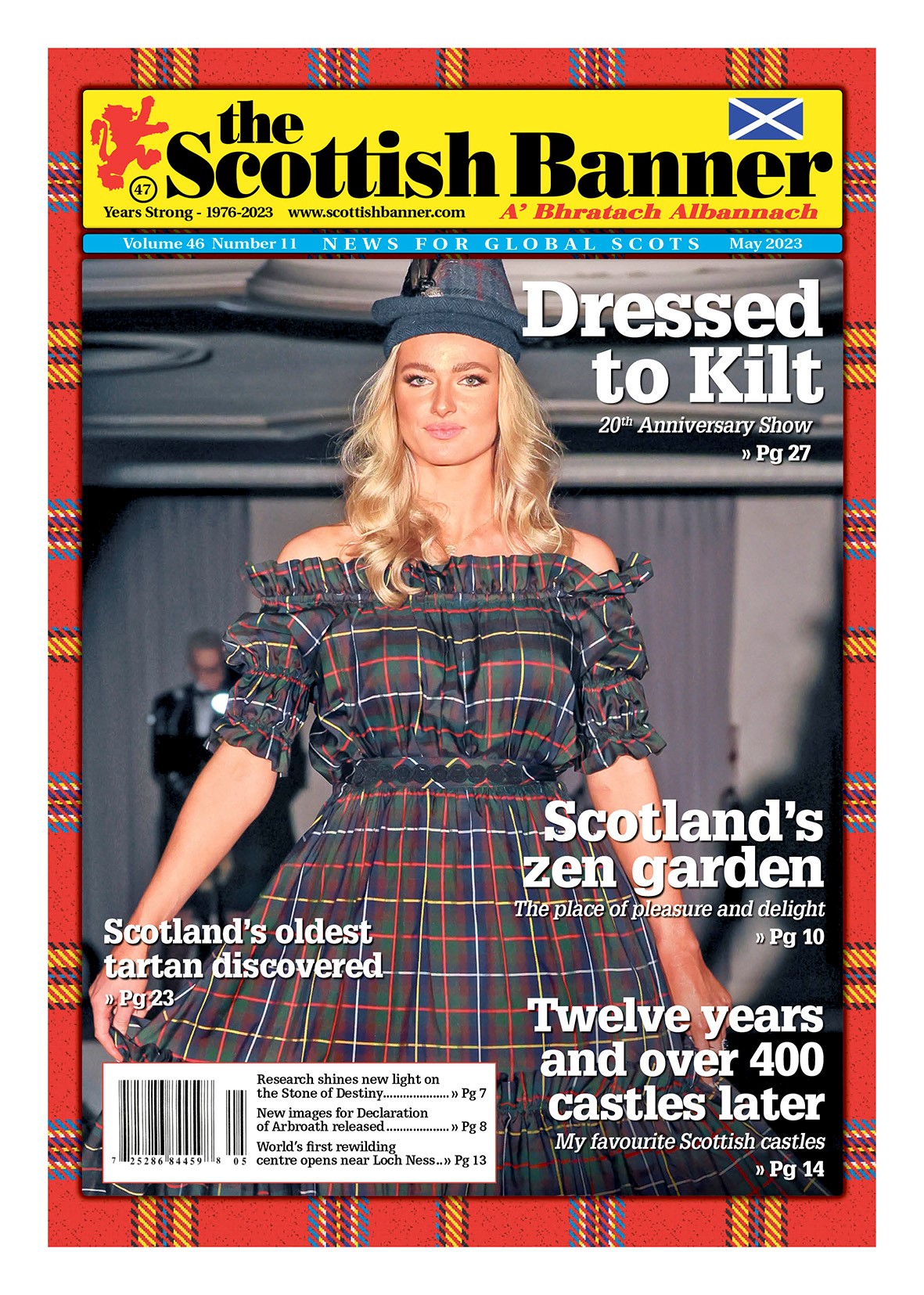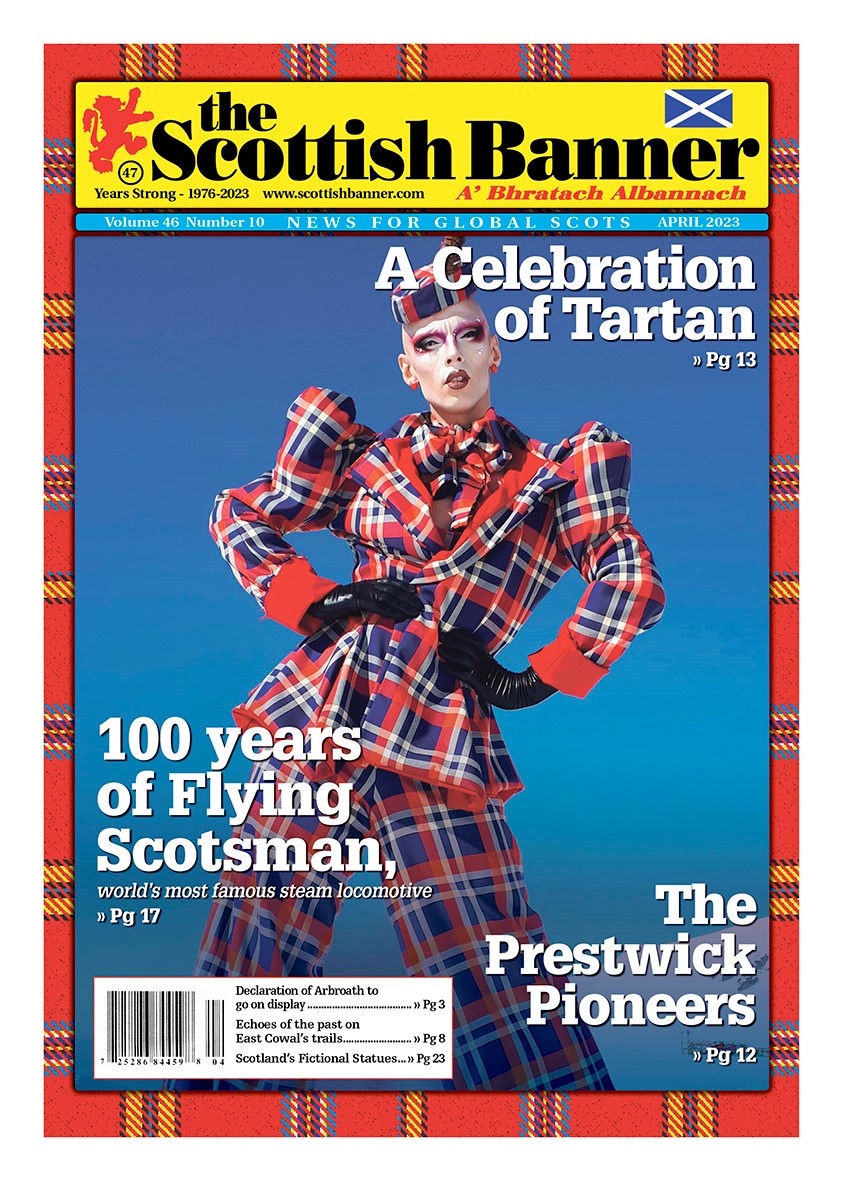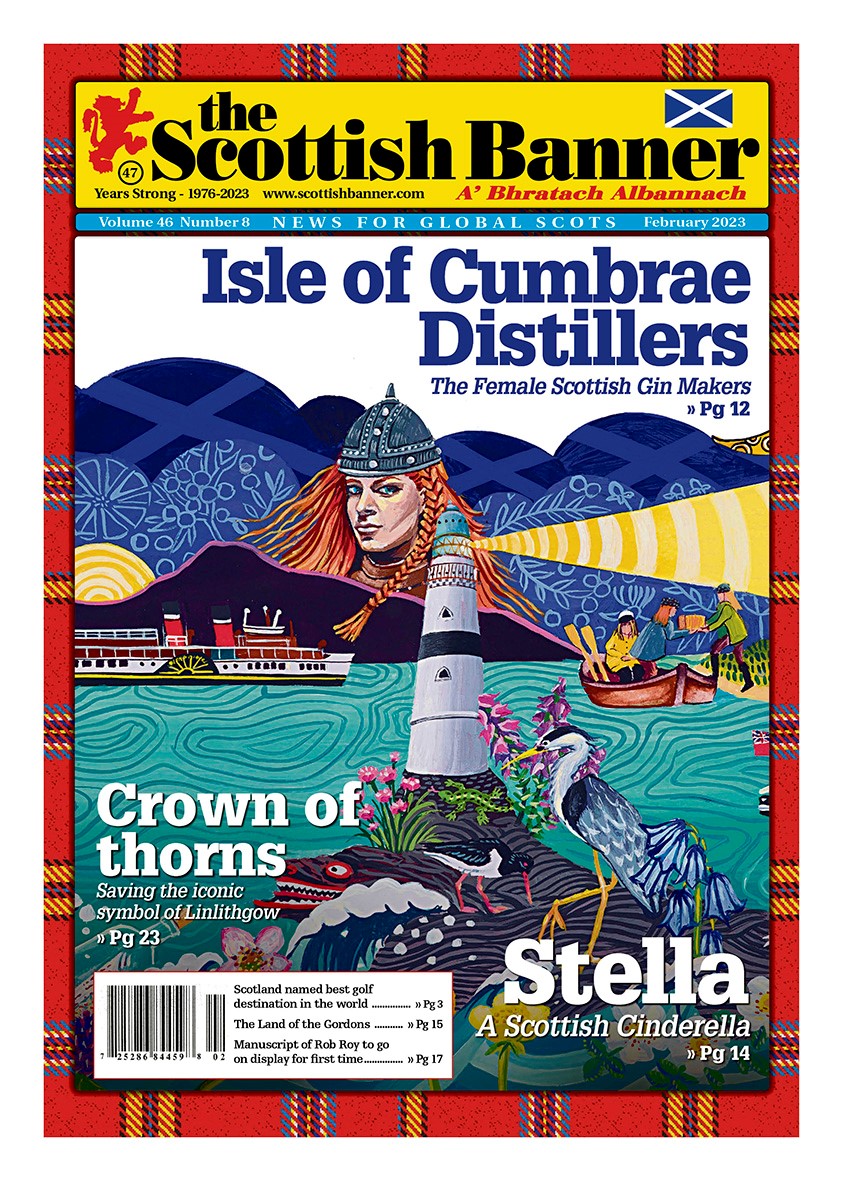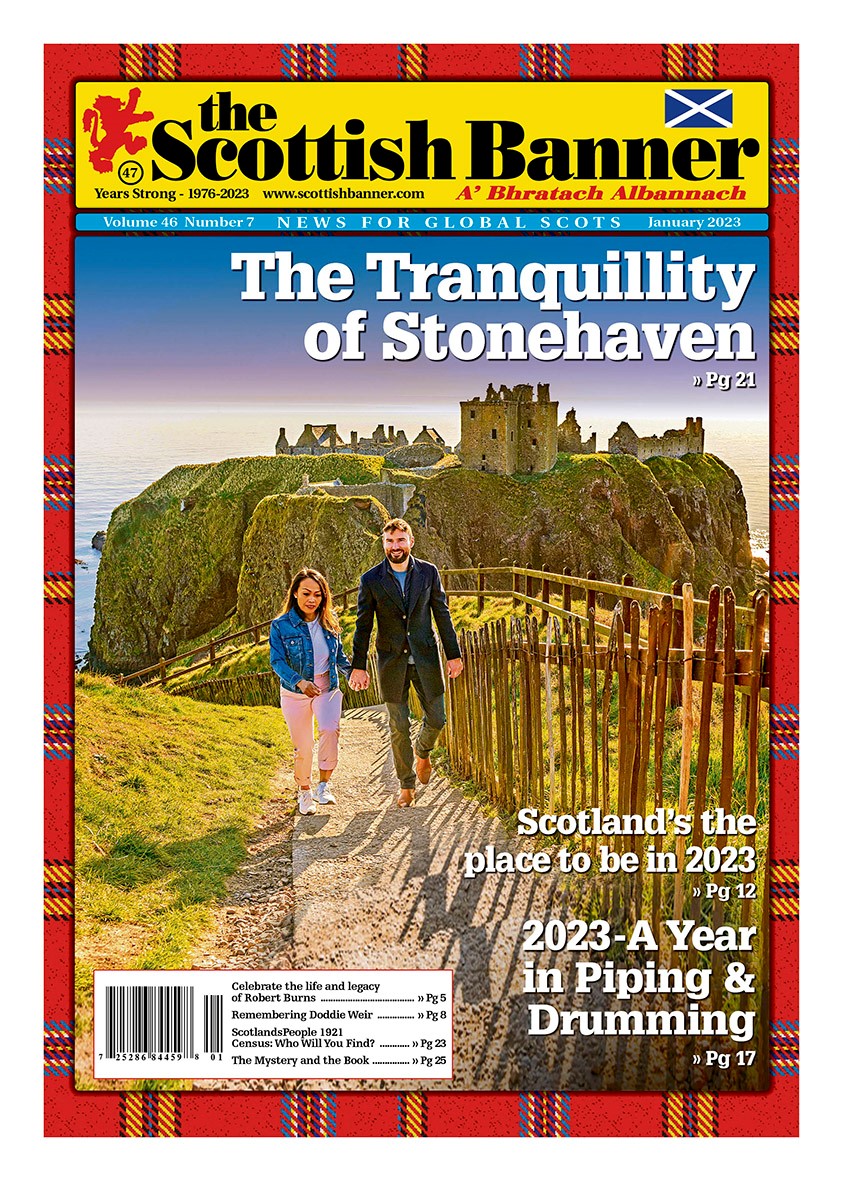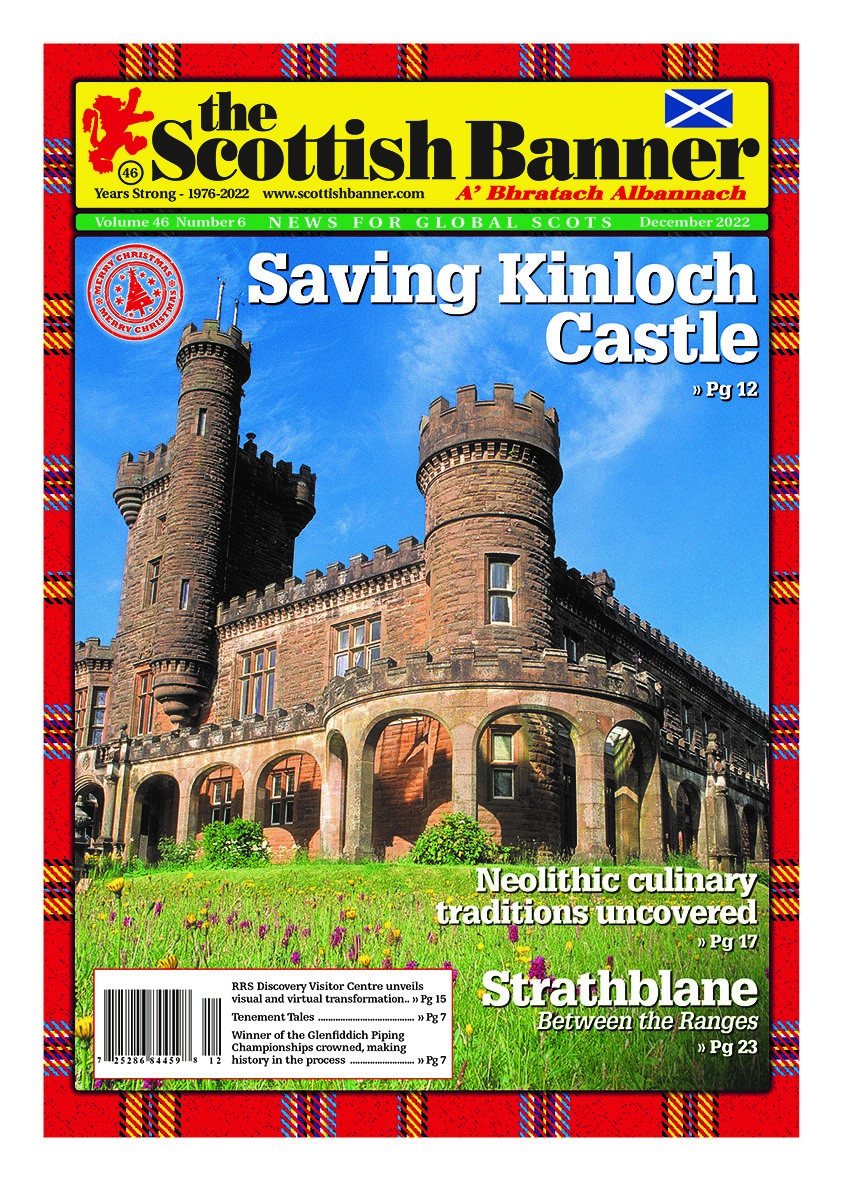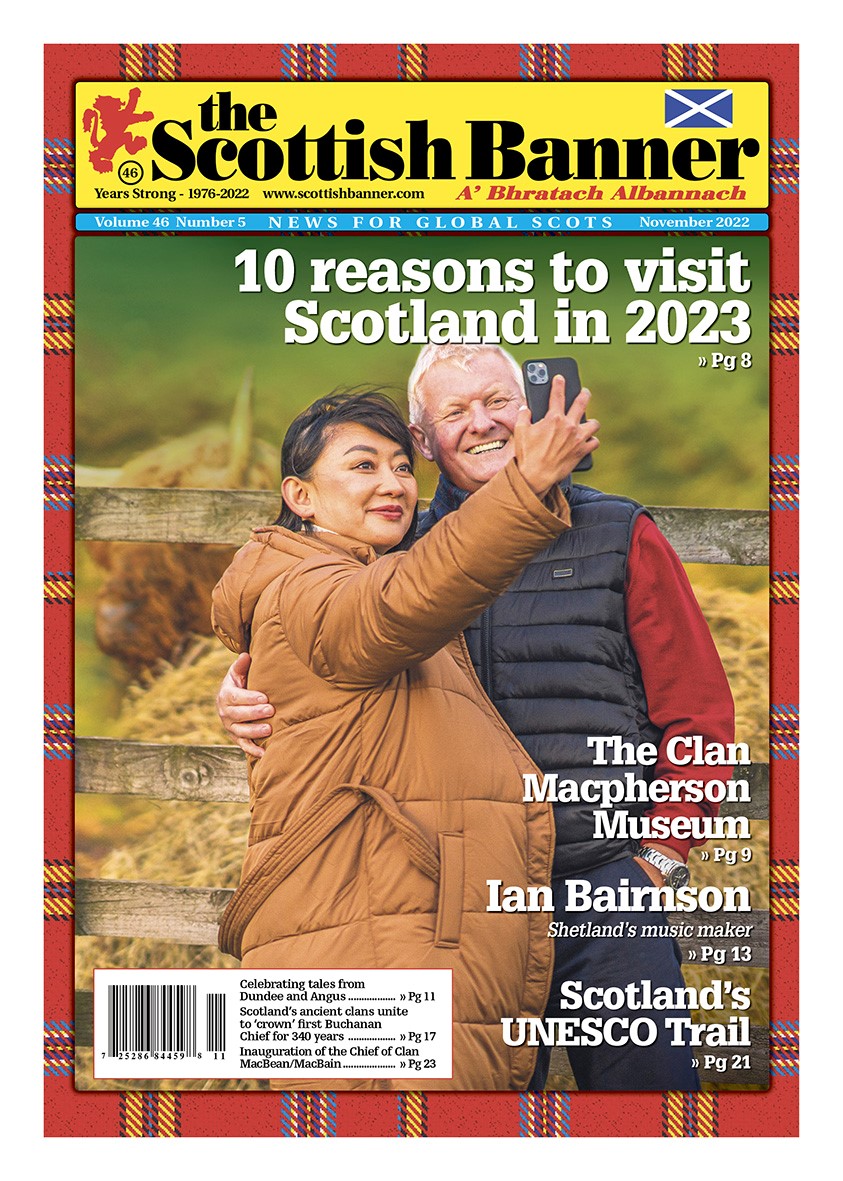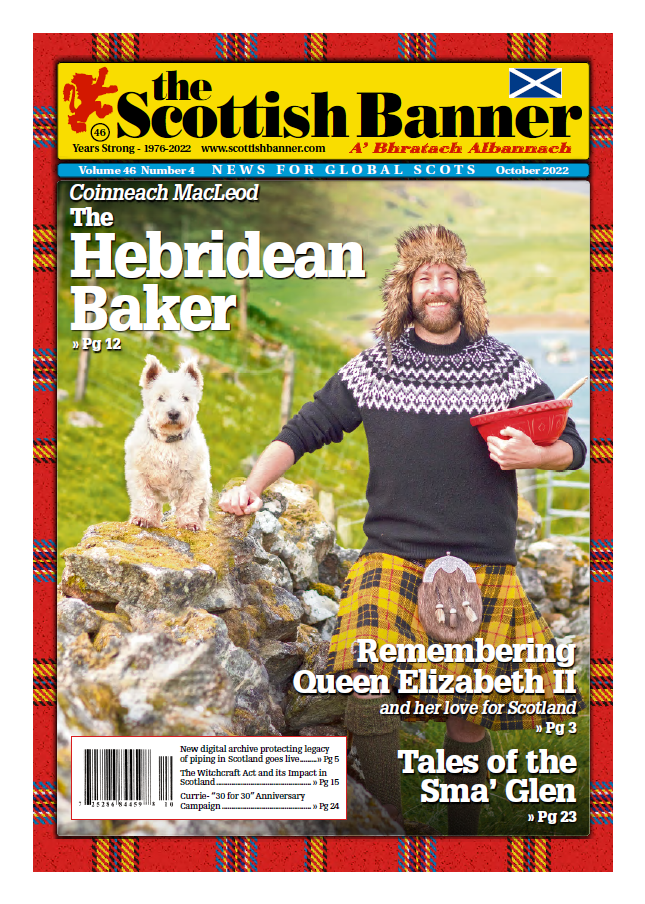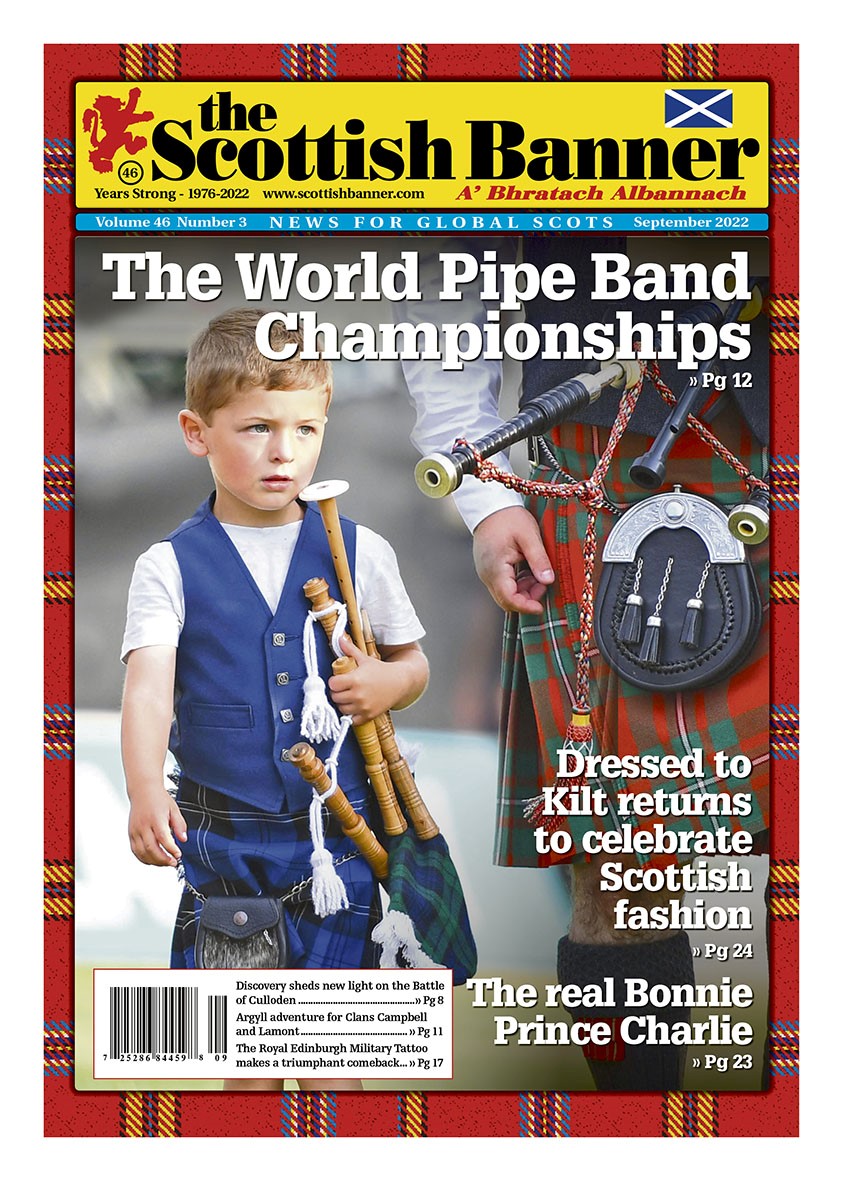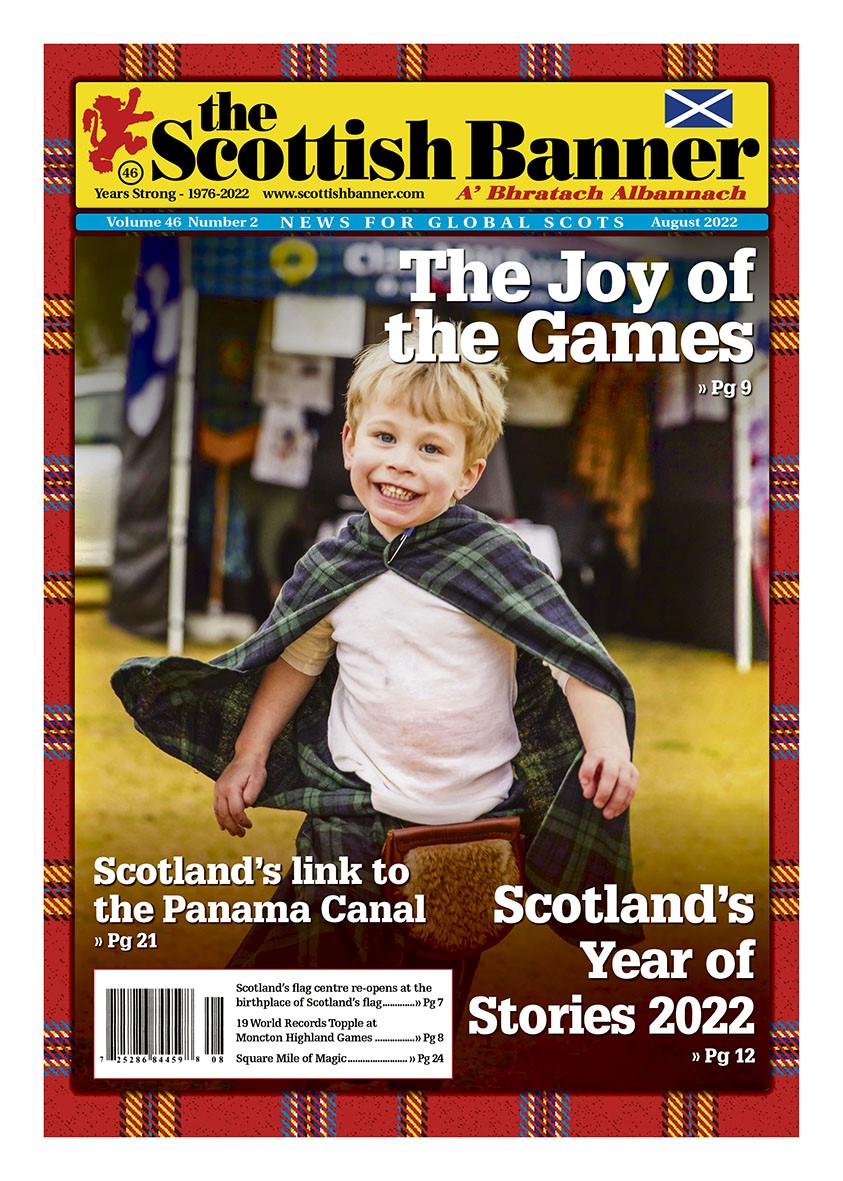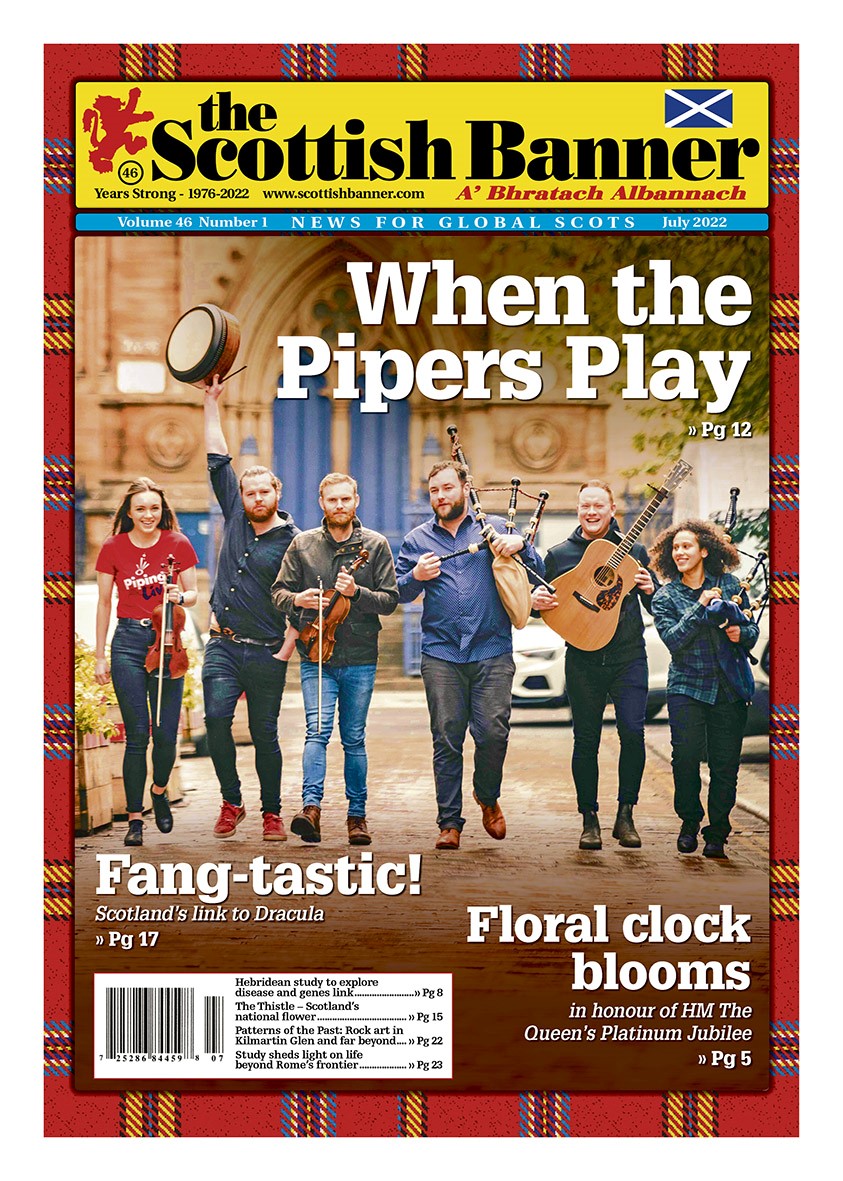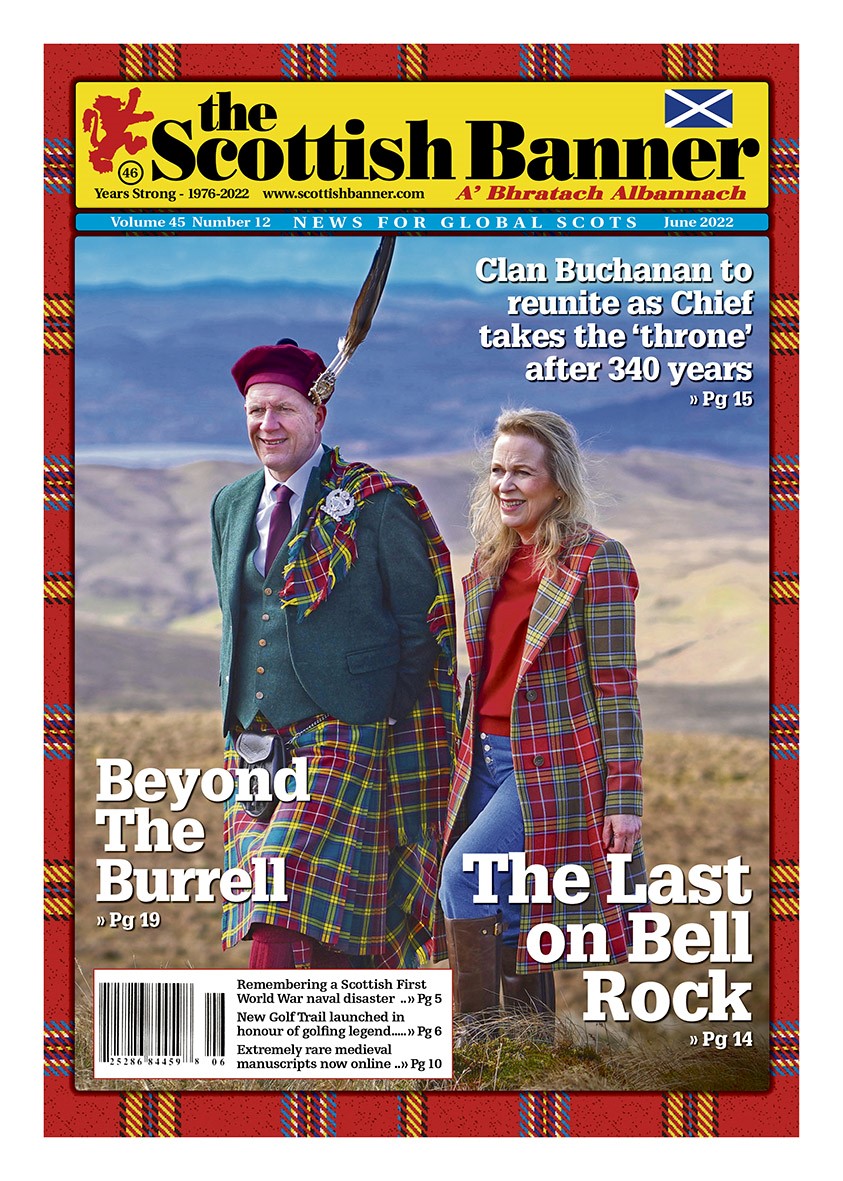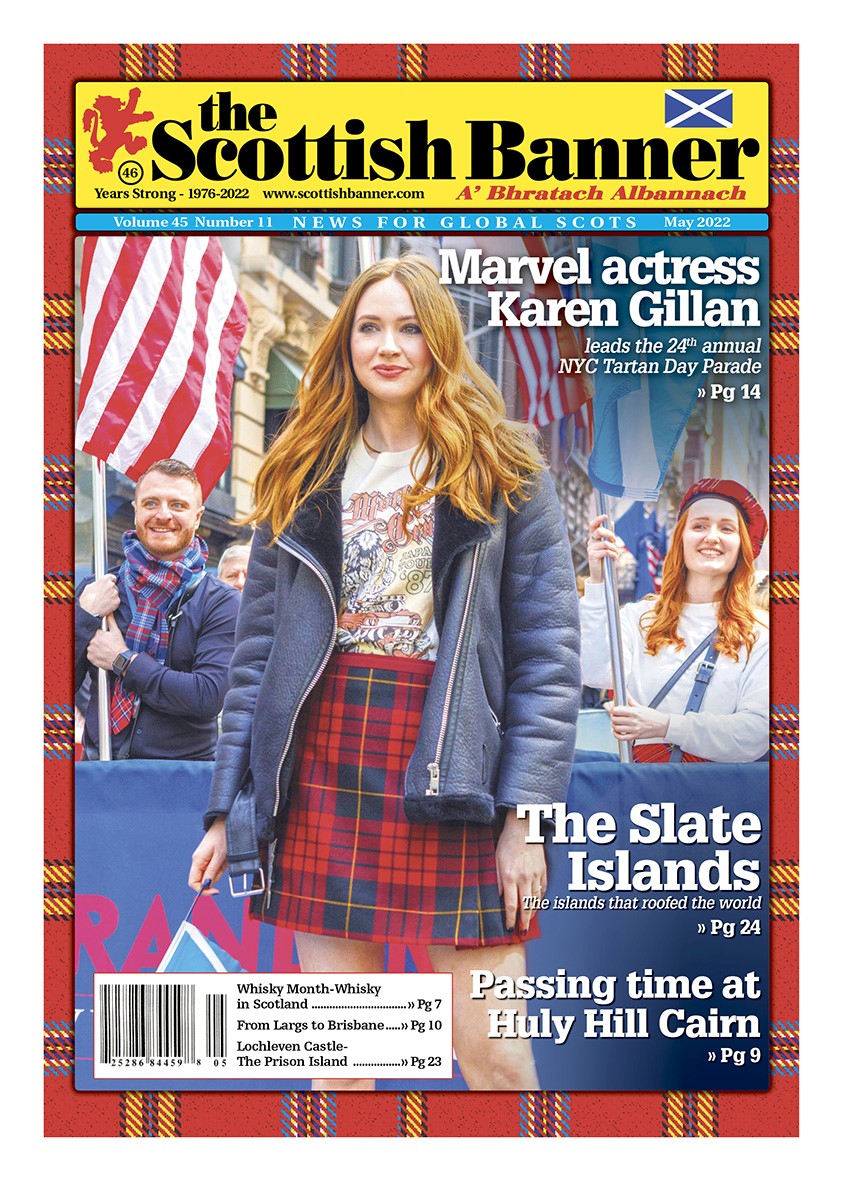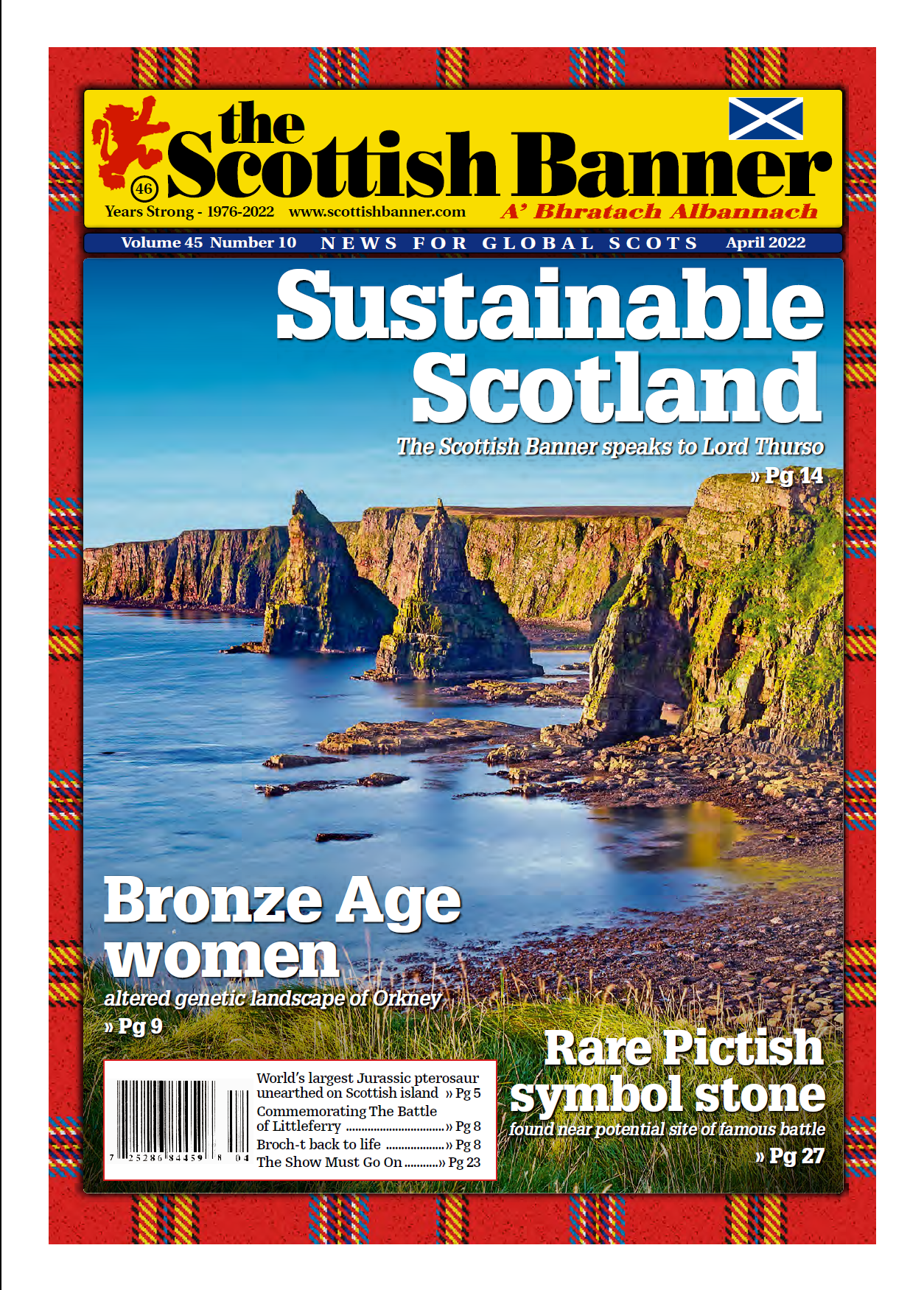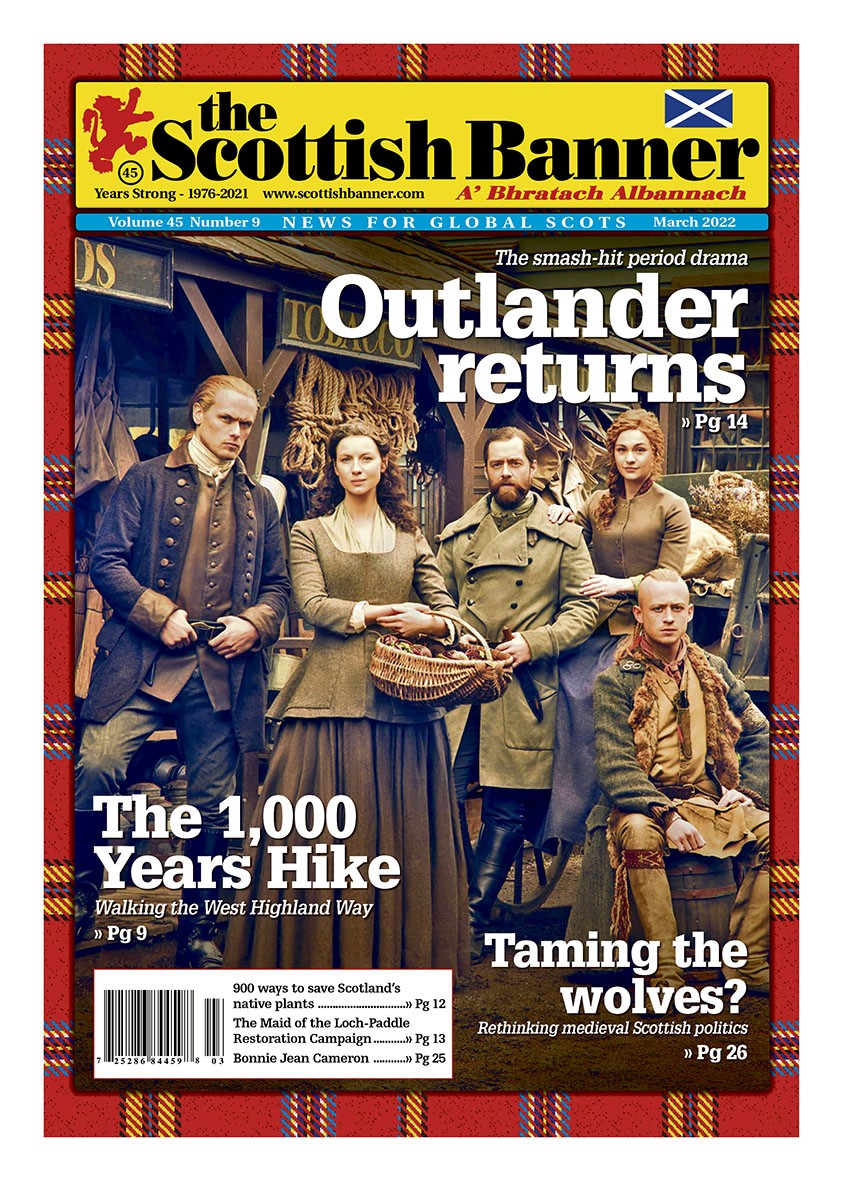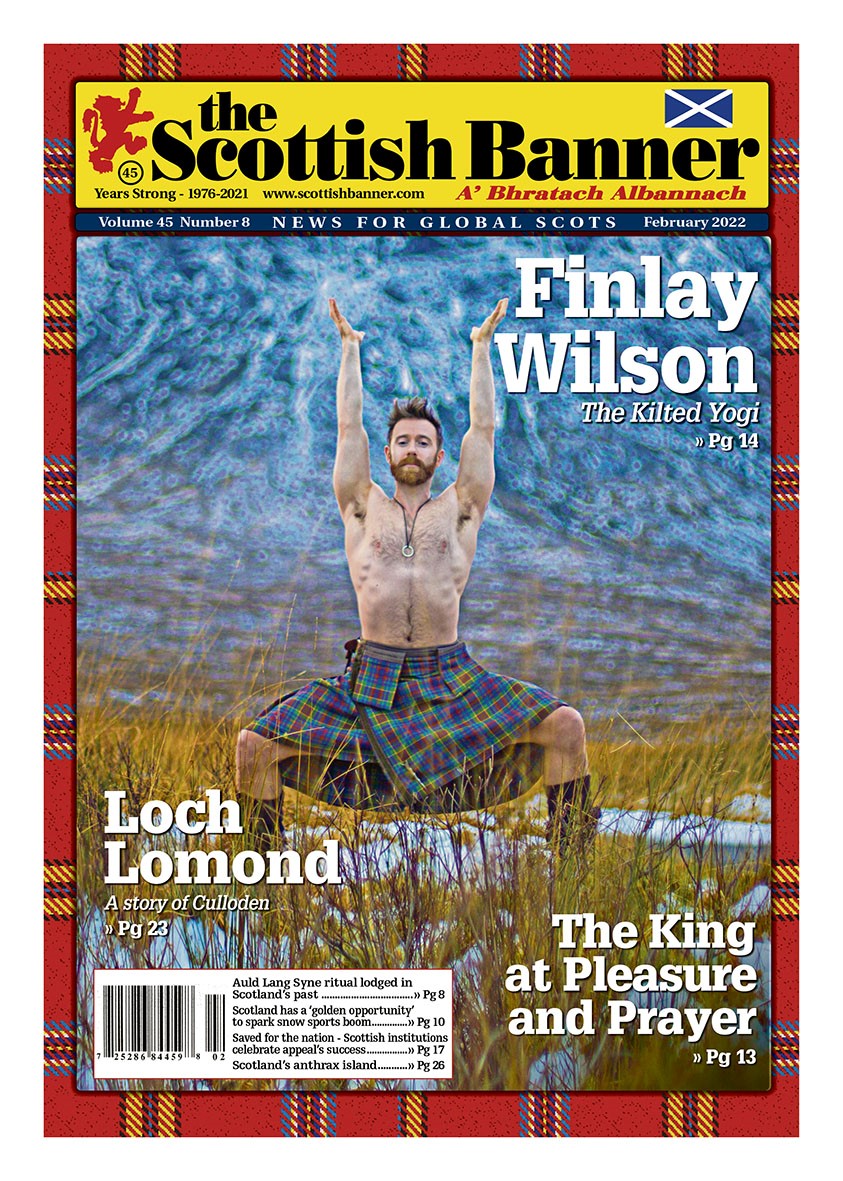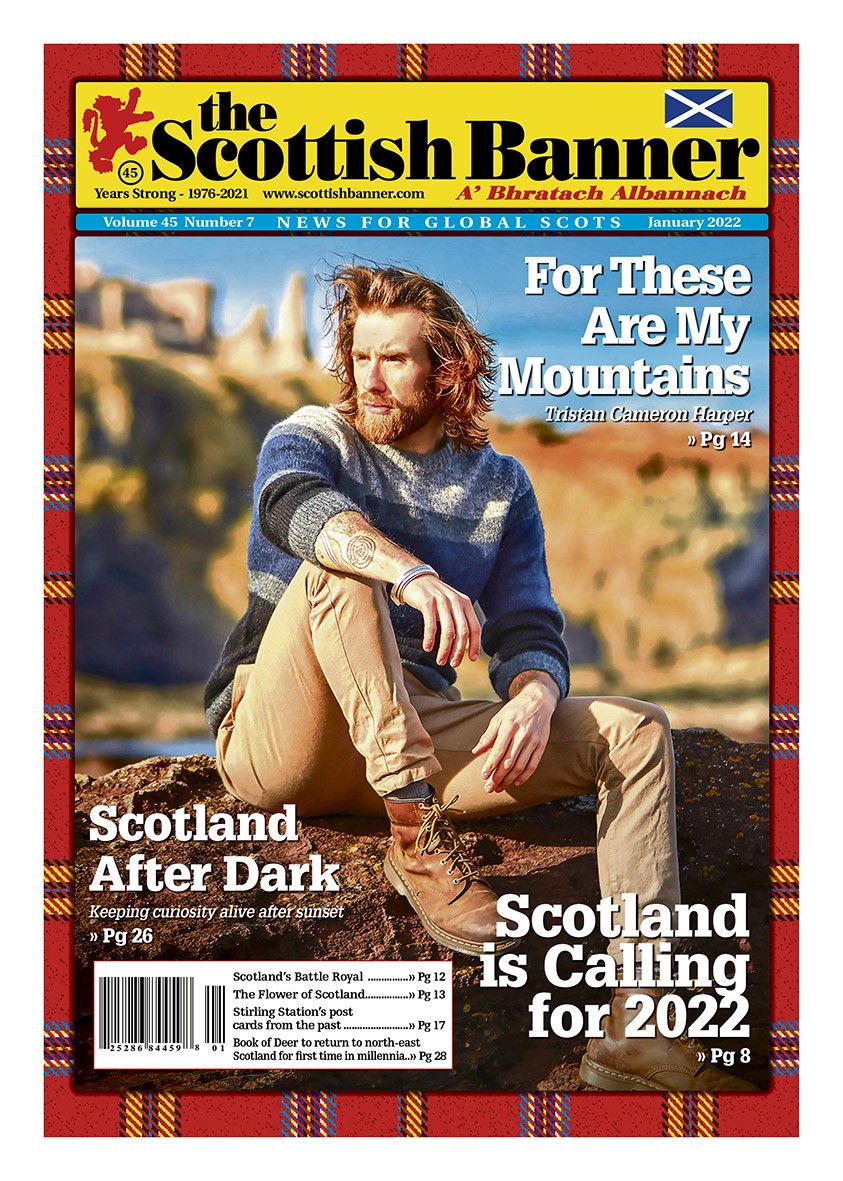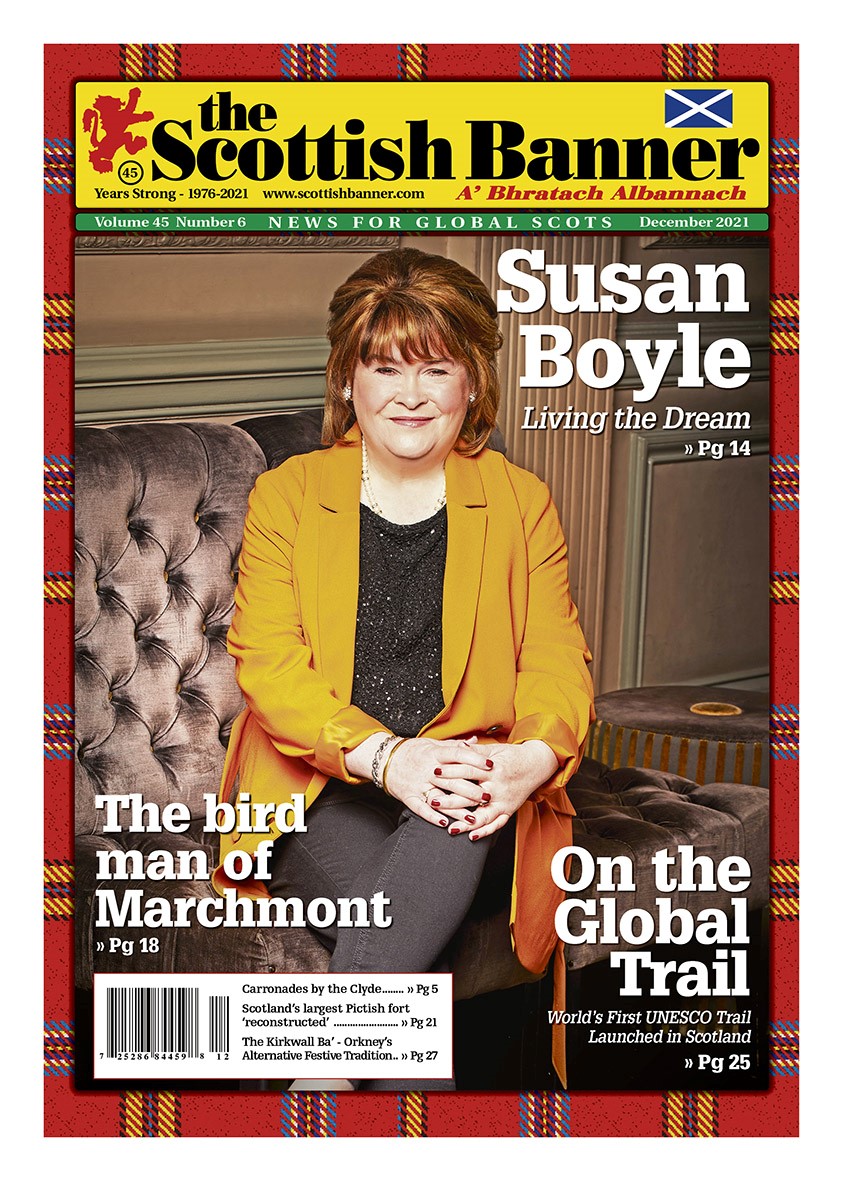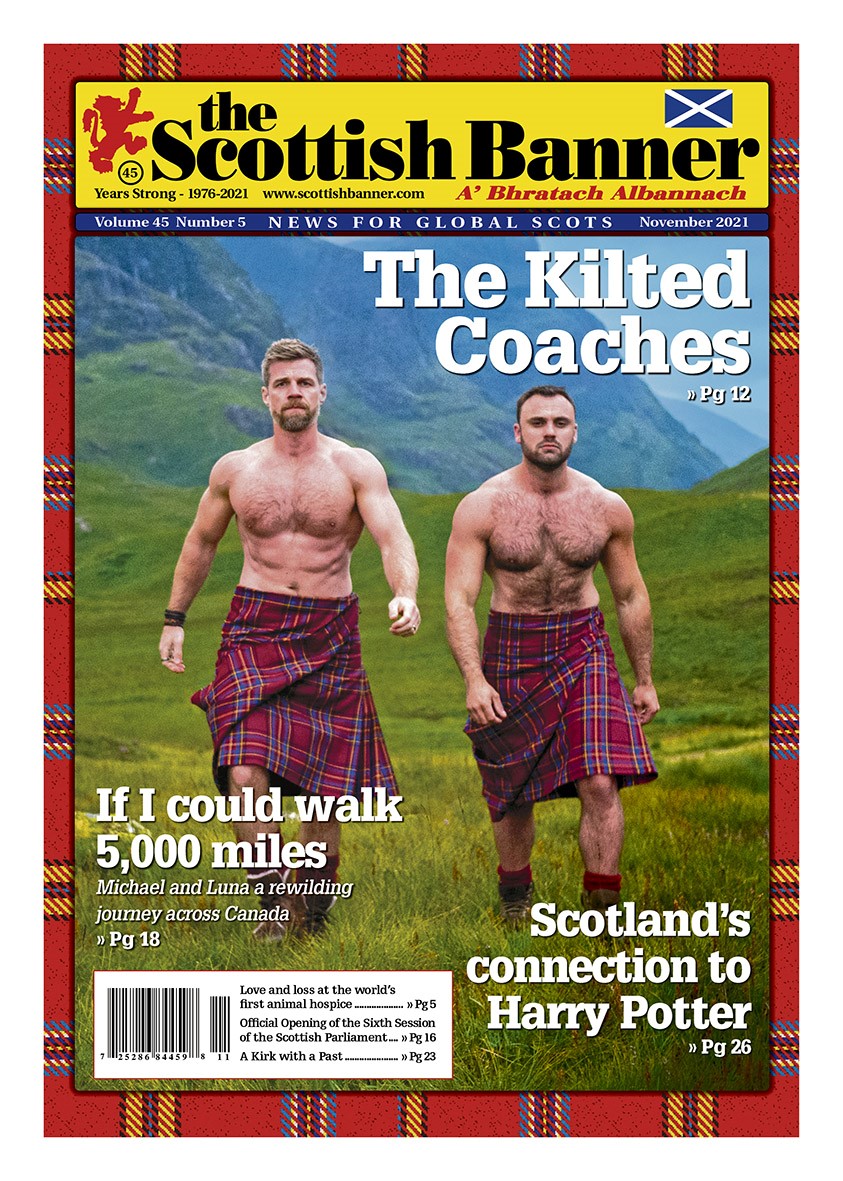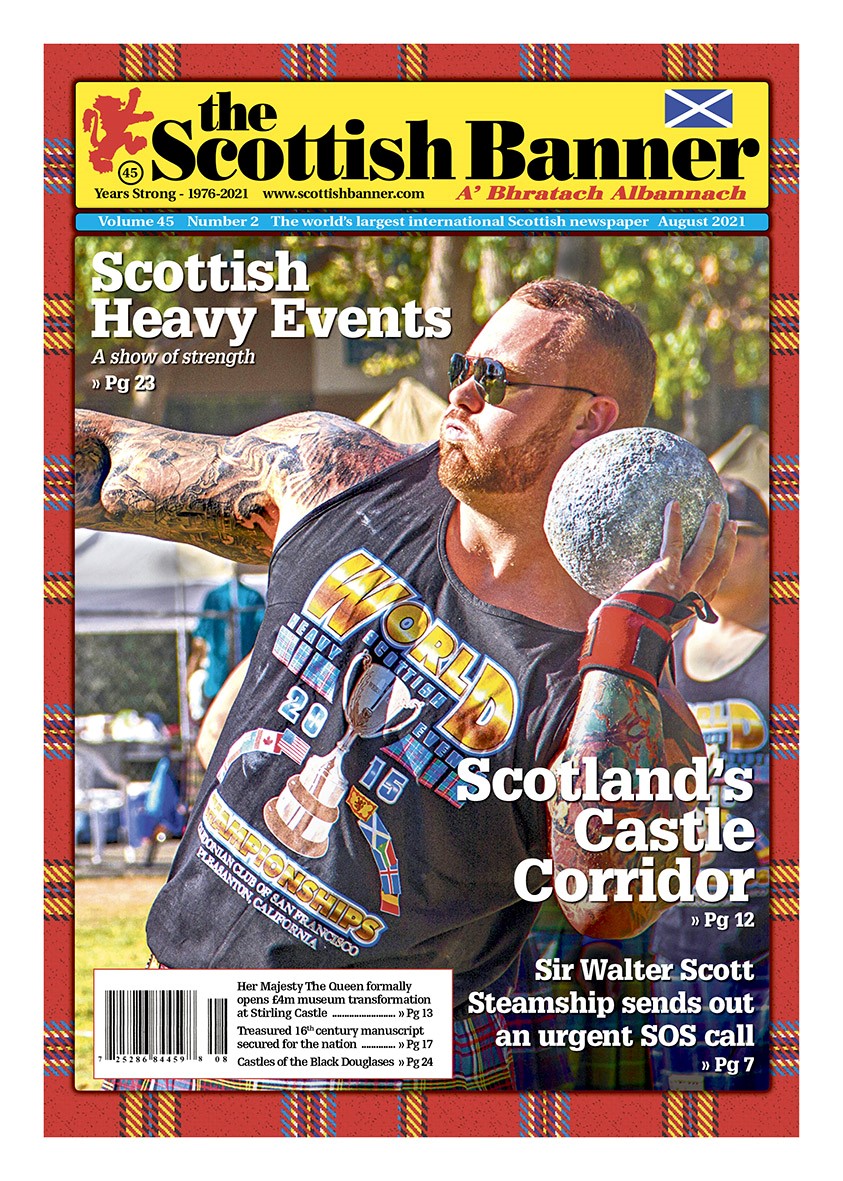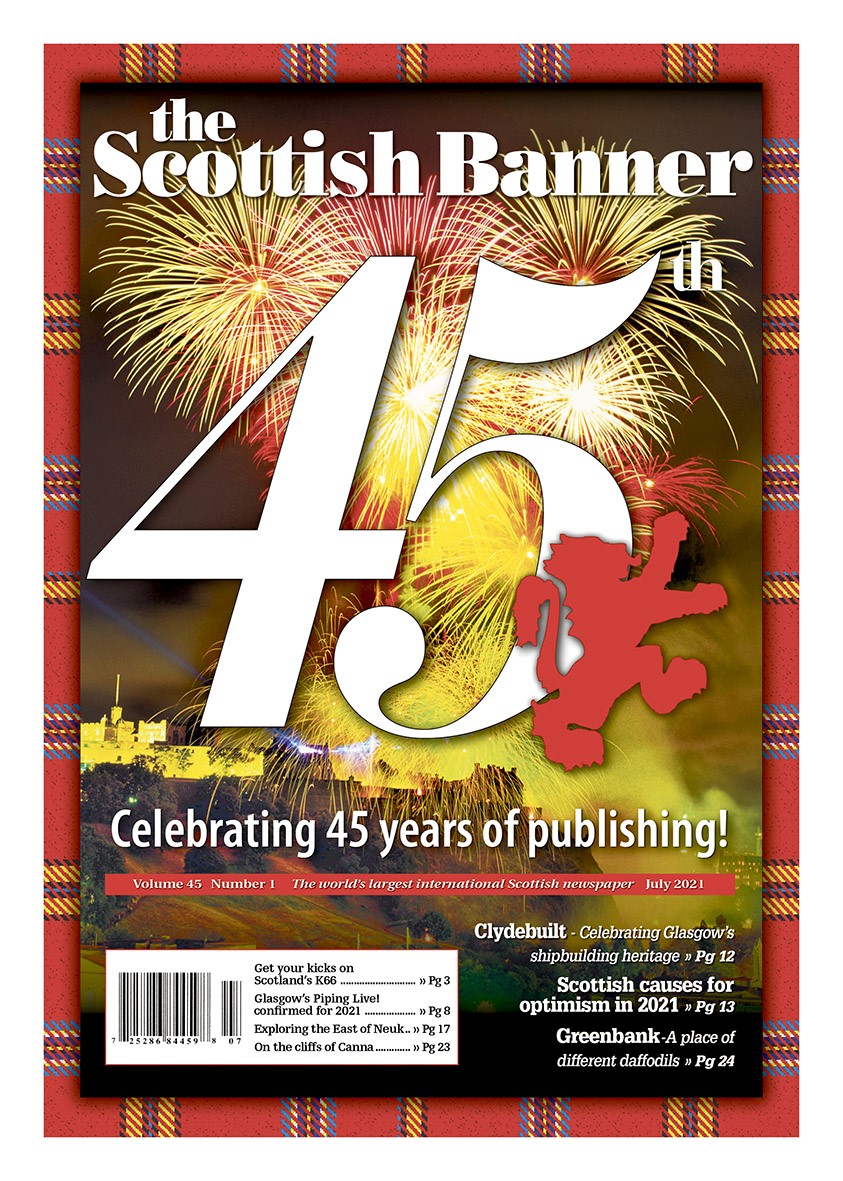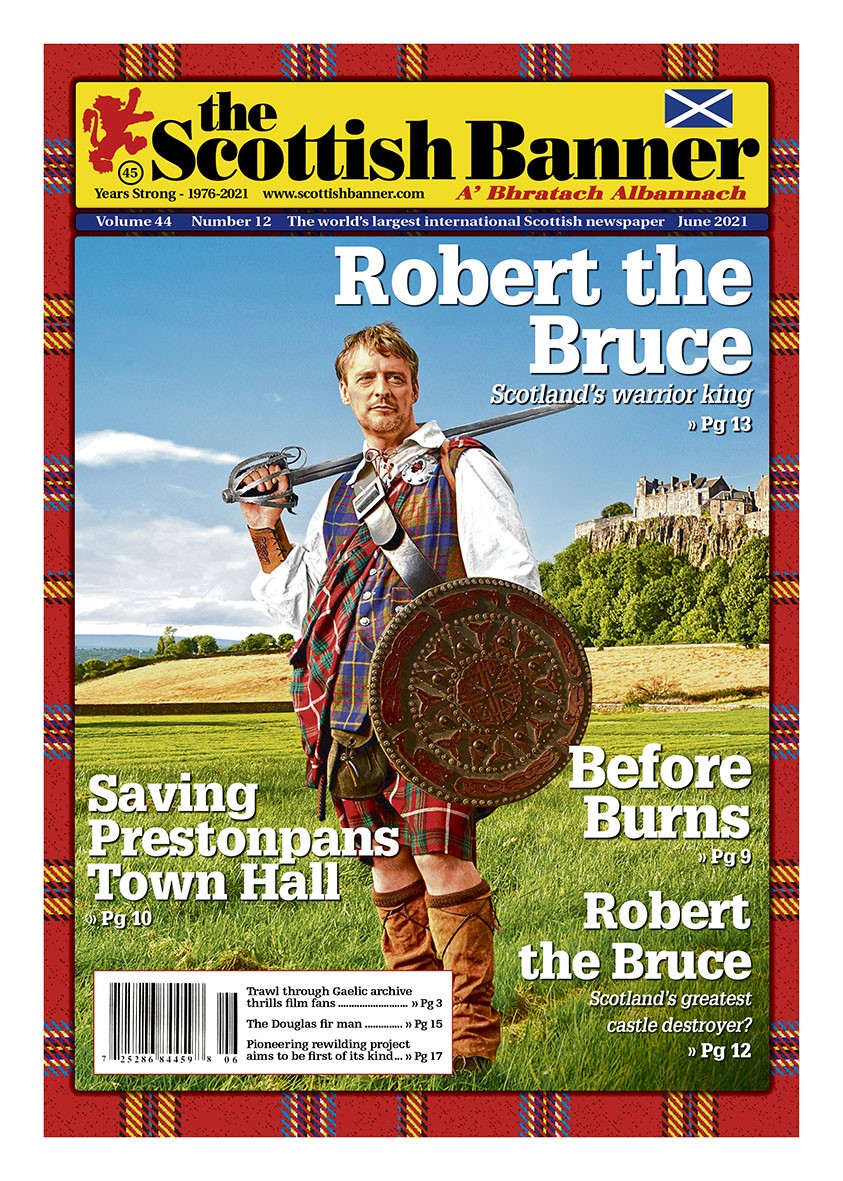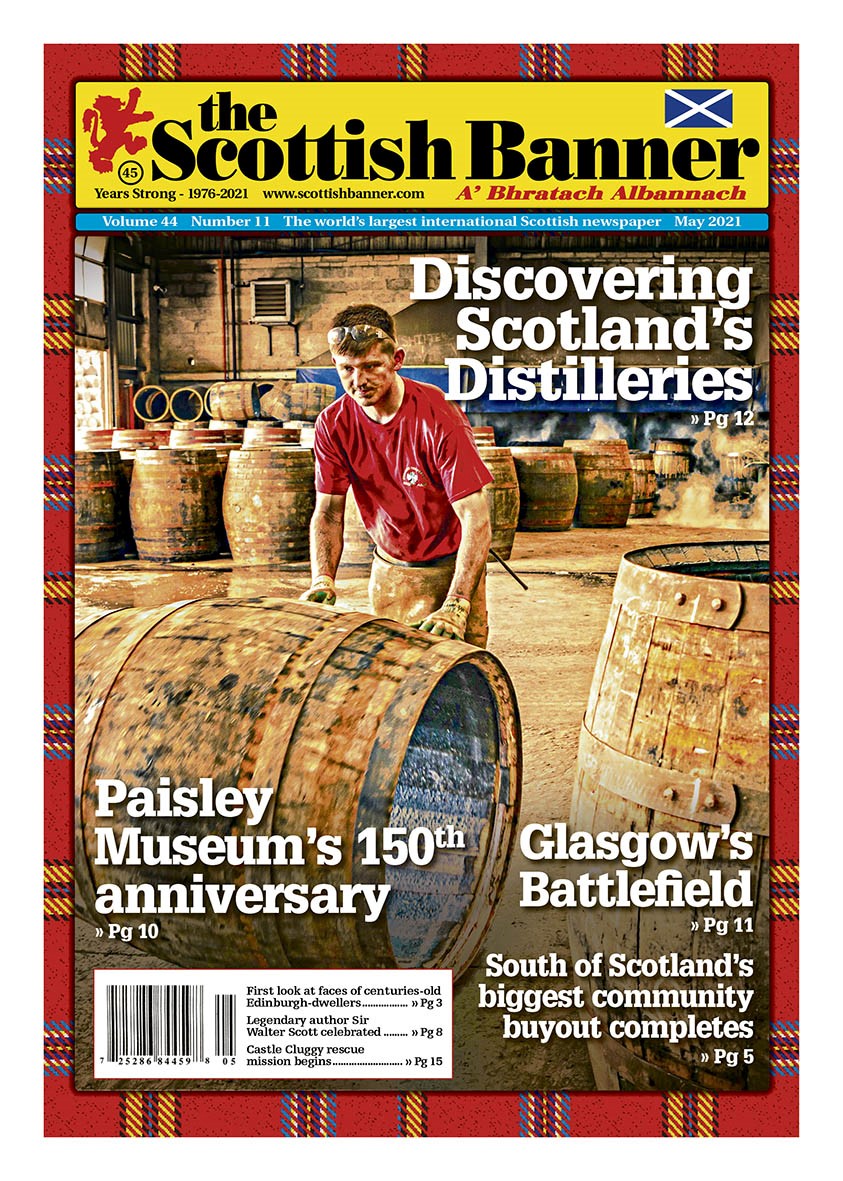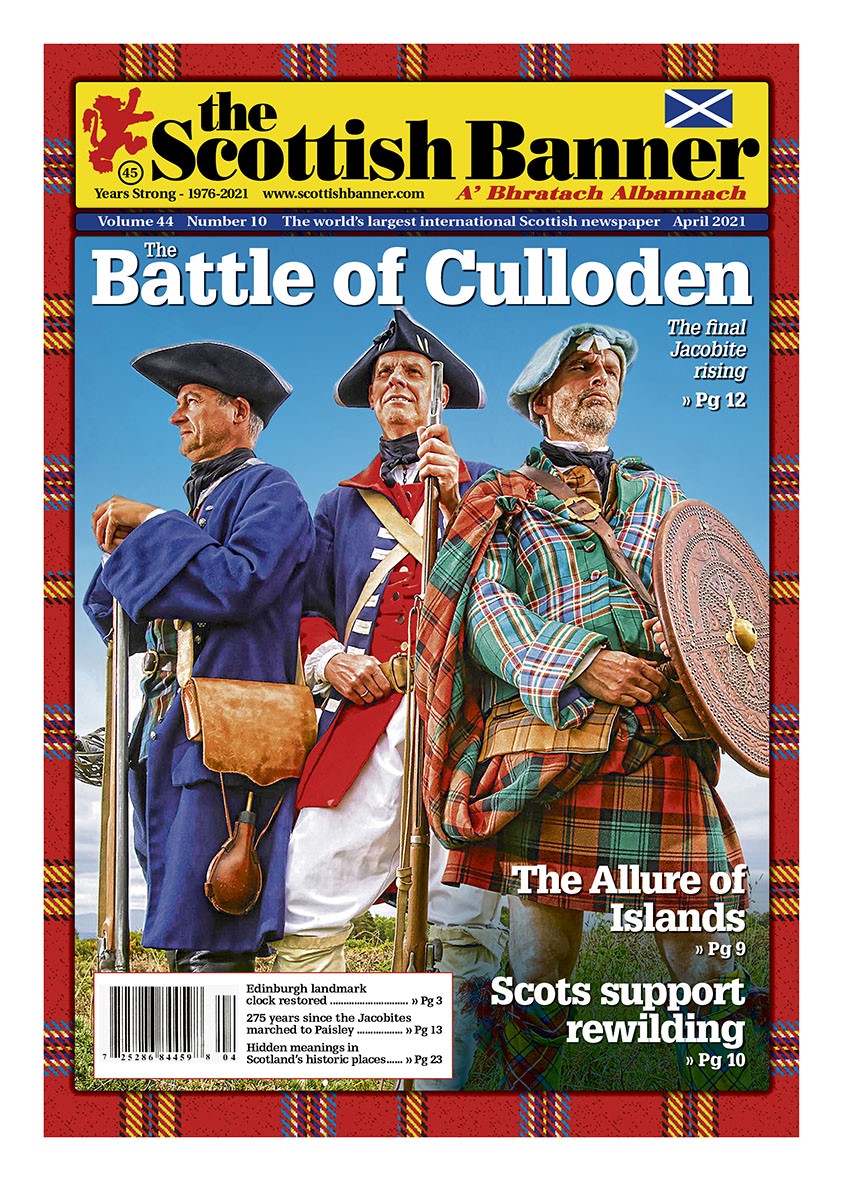July 2024 (Vol. 48, Number 01)
The Banner Says…
The Battle for Scotland’s history
-
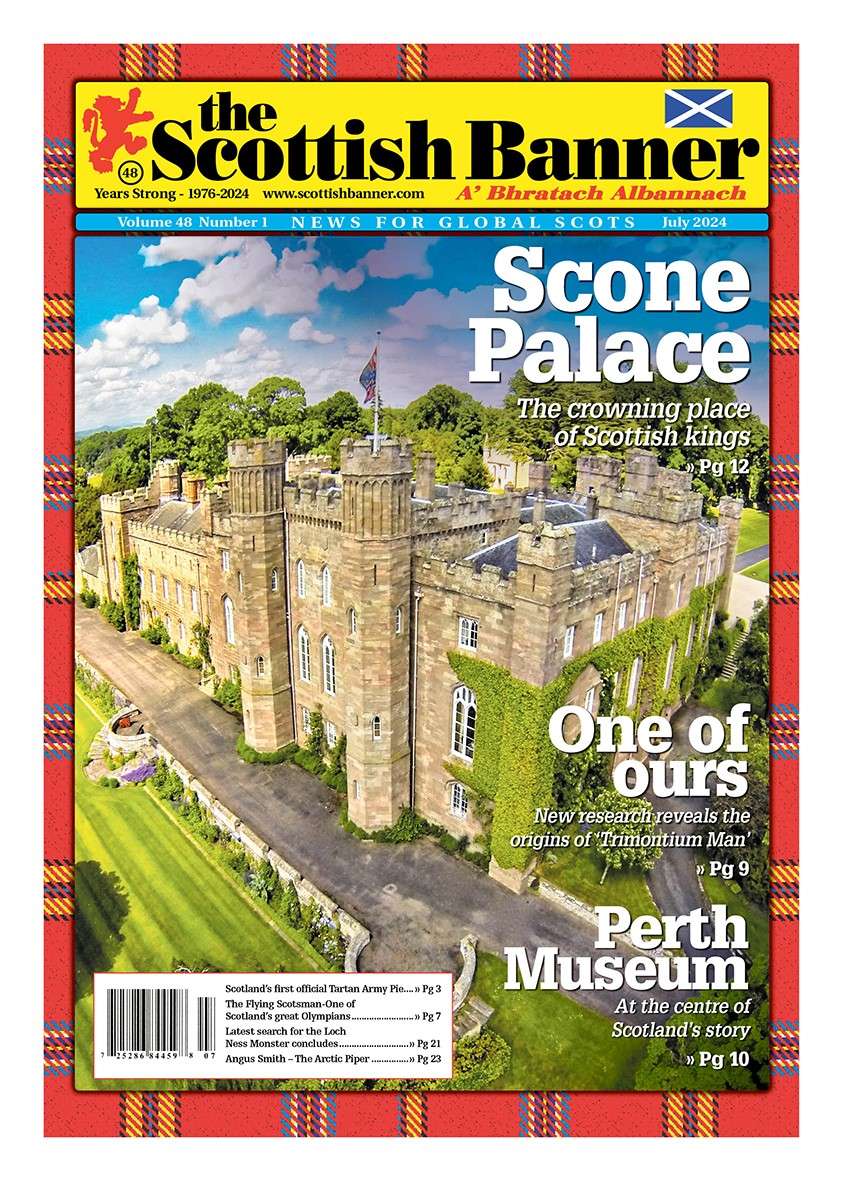
Gracing our front cover: Perthshire’s Scone Palace. Photo courtesy of Scone Palace.
Scotland’s history cannot be told without mentioning the brutal warfare which took place on its soil. Most of Scotland’s battles related to England as an opponent but some involved the Romans, Vikings and of course some were Scots fighting Scots. Clashes took place across the country and ranged from small skirmishes to major battles with triumphant victories and devastating defeats. These brutal conflicts helped shape Scotland and are forever a part of the Scottish story.
Sacred spaces
Scots gave their lives at these historic sites and for many they are considered not only as sacred spaces but a place of pilgrimage. And whilst blood and suffering are soaked into the ground of these sites, a battle is now again brewing in the heart of Scotland. Recently Stirling Council received a development application to build a trotting track on land of the historic and internationally important Bannockburn Battlefield. The application includes a horse track, bar and toilet facilities and a car park for 200 cars.
In June 1314 the historic Battle of Bannockburn took place as Robert the Bruce defeated the imposing English army and became a defining moment of Scotland’s story. Robert the Bruce is now a Scottish legend and still today evokes pride in Scots around the world, this month is in fact the 750th anniversary of his birth with several events taking place across Scotland. This development risks both damage and the integrity of this historic landscape and setting surrounding the battlefield on one of the most important places in Scotland’s history.
Sadly, this is not a new situation for Scotland as Culloden Battlefield, located just outside Inverness, has also had to grapple with developers wanting to build on these hugely historic and hallowed landscapes.
One of the most pivotal moments in Scottish history
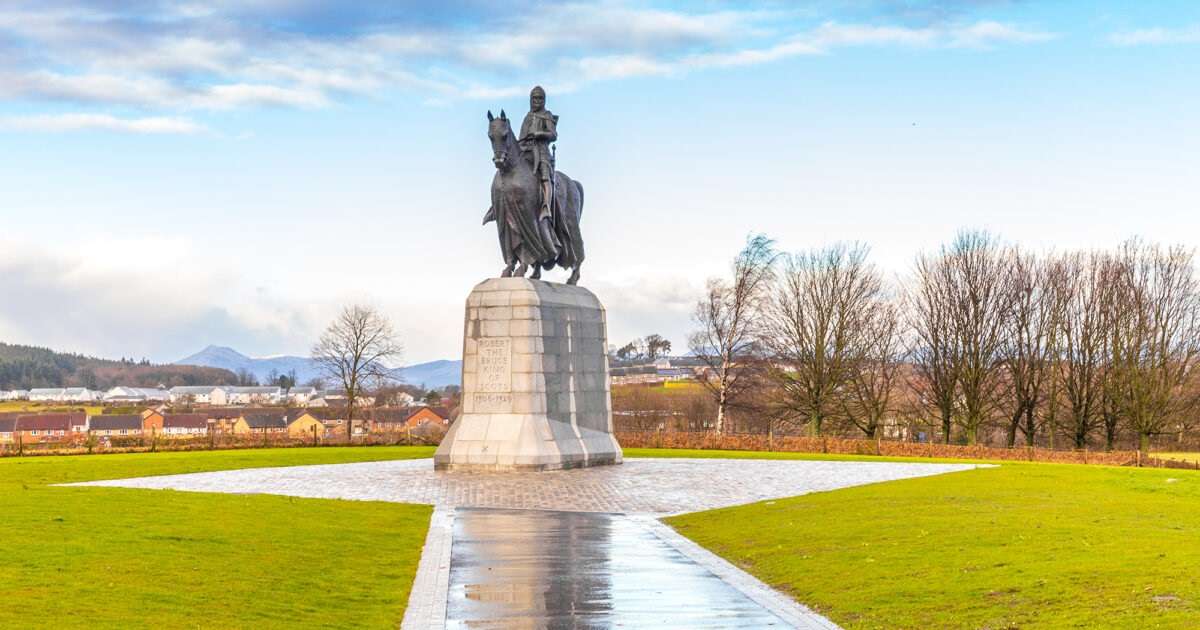
Conservation charity the National Trust for Scotland, who have managed the site since 1943, is now calling on the Scottish Government to intervene to stop this development from going ahead. Stuart Brooks, National Trust for Scotland Director for Conservation and Policy said: “We are extremely disappointed that Stirling Council planning department is considering the proposal for a trotting track at the Whins of Milton site on the nationally designated Battlefield of Bannockburn, and in the single remaining fragment that allows us to understand how the battle unfolded. We are calling for the Scottish Government to pull this planning application to ensure the future of this historic battlefield for the benefit of future generations.
“Bannockburn is much more than just a battlefield. It is the location of one of the most pivotal moments in Scottish history when Robert the Bruce, King of Scots defeated the English army led by King Edward II. The landscape surrounding the battlefield was instrumental in helping Robert’s men beat their English rivals and ensuring the nation’s future.
“The location of the proposed development at Whins of Milton is in the vicinity of where Bruce’s army faced off against the vanguard of Edward’s army on the first day of the battle. It is close to Foot o Green Farm, where the famous duel between Bruce and De Bohun is said to have taken place. Milton Bog formed a defensive screen for the western flank of Bruce’s army on Borestone Brae that would’ve assisted the Scots men in securing victory against Edward and his men.
“Over previous decades much of the historic setting has been lost and we are deeply concerned about any new development that would encroach on this and further erode and degrade this iconic landscape. We are calling for the Scottish Government to step in and save Bannockburn Battlefield from this proposal to ensure the longevity of a site steeped in Scottish history.”
In this issue
This month we highlight Perthshire. Travel booking website booking.com has called Perthshire ‘2024’s Most Welcoming Region on Earth’. We hear from two of the region’s major draw cards, the historically significant and beautiful Scone Palace and theincredible new Perth Museum.
The eyes of the world will be on Paris later this month when the 2024 Summer Olympics, or the Games of the XXXIII Olympiad, will take place. There will no doubt be many history making sporting feats made. However, we have focused some of this issue on Paris 1924 when 100 years ago a legendary Scot, Eric Liddell, became known not only for his athletics but his beliefs.
Trimontium Museum in the Scottish Border town of Melrose has done some incredible work looking into Scotland’s past. The museum has used modern technology toreconstruct some of Scotland’s Roman history and quite literally put a face on that time with the ‘Trimontium man’.
Celebrating our 48th year
I cannot also not make mention that this issue marks our 48th year. I do feel every issue we do is somewhat a cause for celebration as this is a business full of challenges, however I know I cannot shout out about it monthly. However, we have come a long way in 48 years with many triumphs, challenges, wins and losses. But we are still here thanks to you!
Our incredible readers and advertisers have allowed the Scottish Banner to remain a part of the international Scottish scene and your support is greatly appreciated. I hope you enjoy your month ahead.
Have you visited a Scottish battle site? Have you visited Perth and Perthshire? Do Do you have you any comments from the content in this month’s edition? Share your story with us by email, post, social media or at: www.scottishbanner.com/contact-us
#ScottishBanner, #TheBanner #NewsForGlobalScots
The Scottish Banner is more reliant than ever on our readers helping us to provide you with our unique content by buying a copy of our publication, regardless if by print or digital subscription or at a retail outlet.
We appreciate your support and hope you enjoy this edition.

